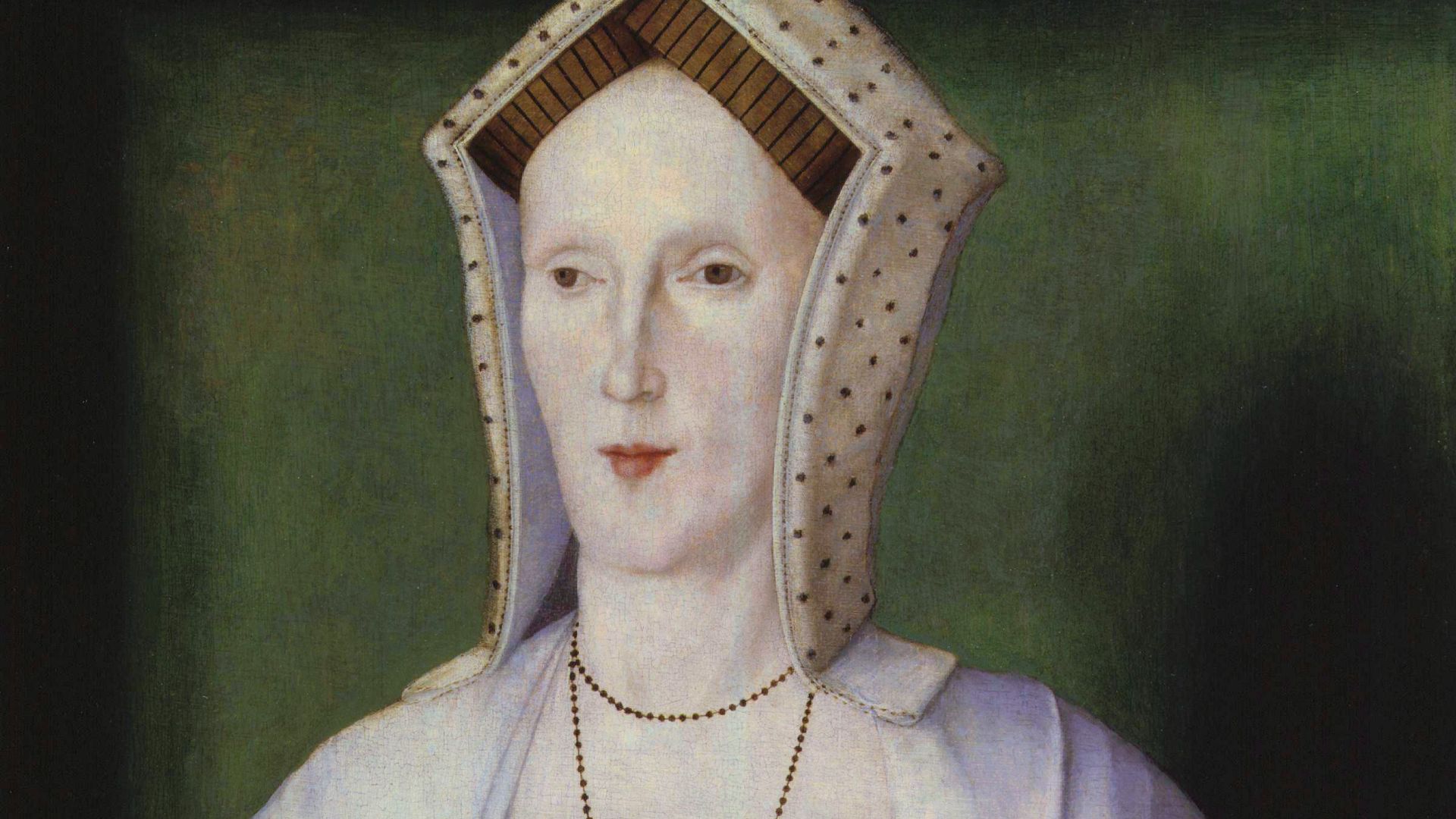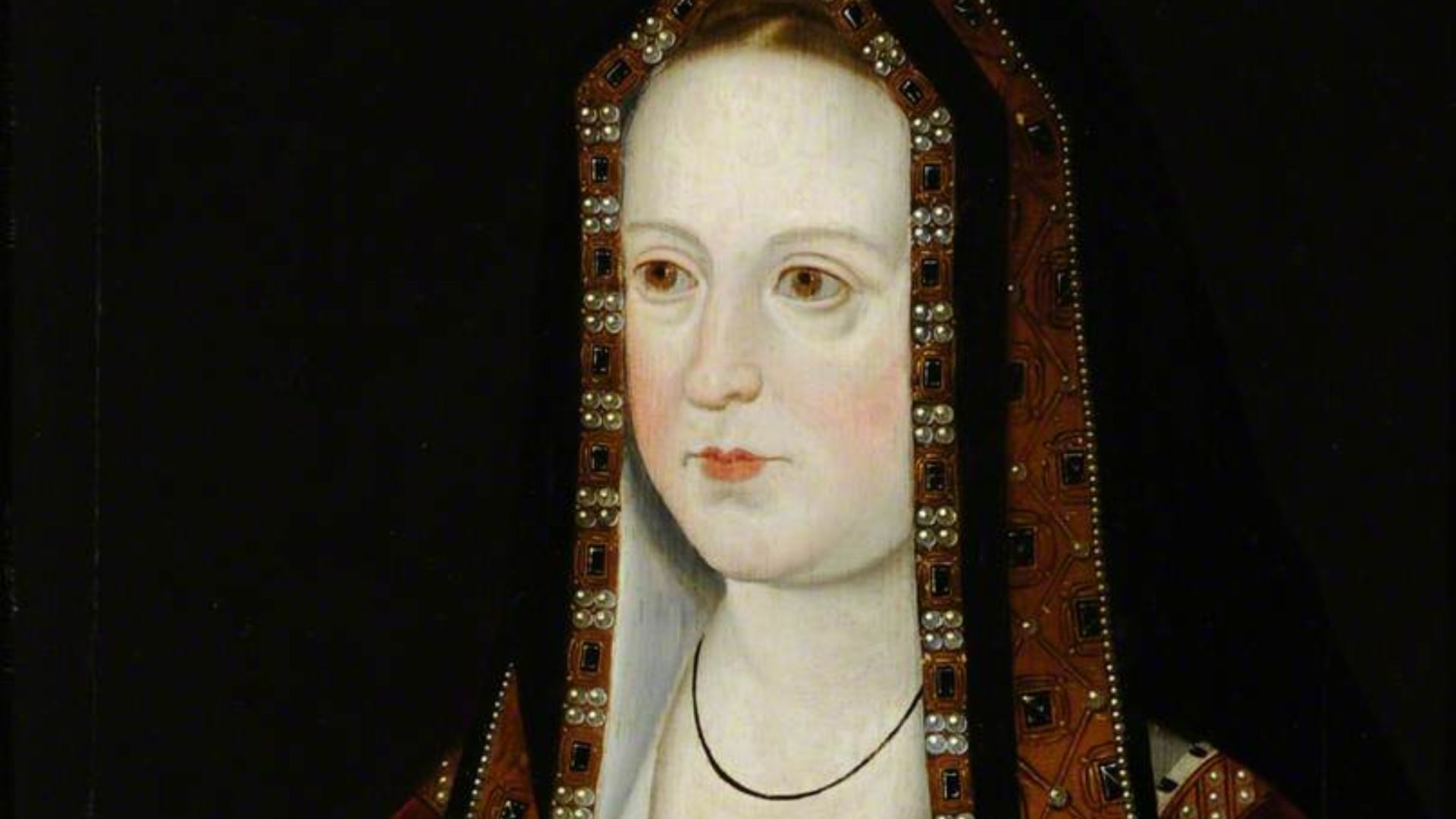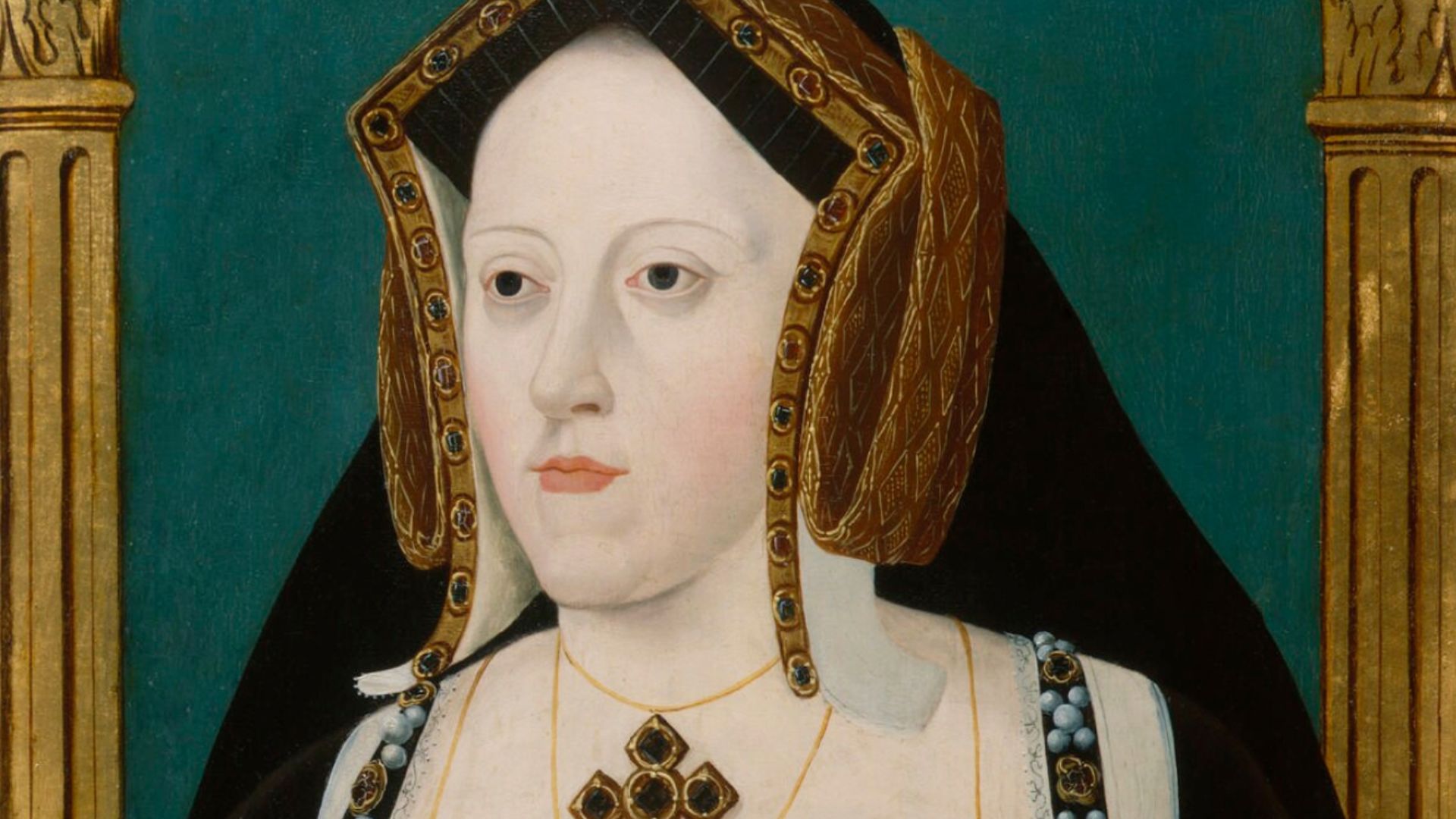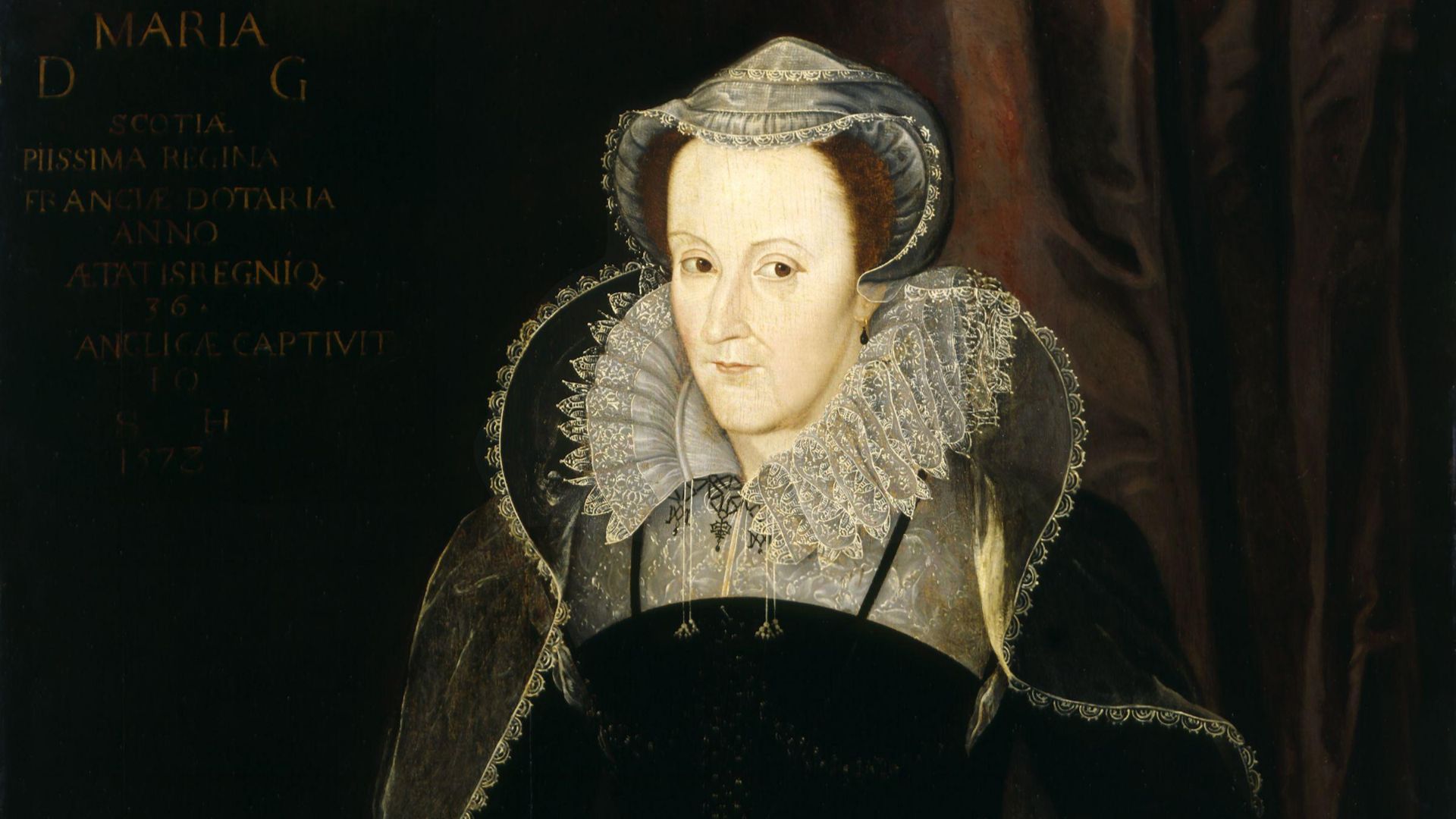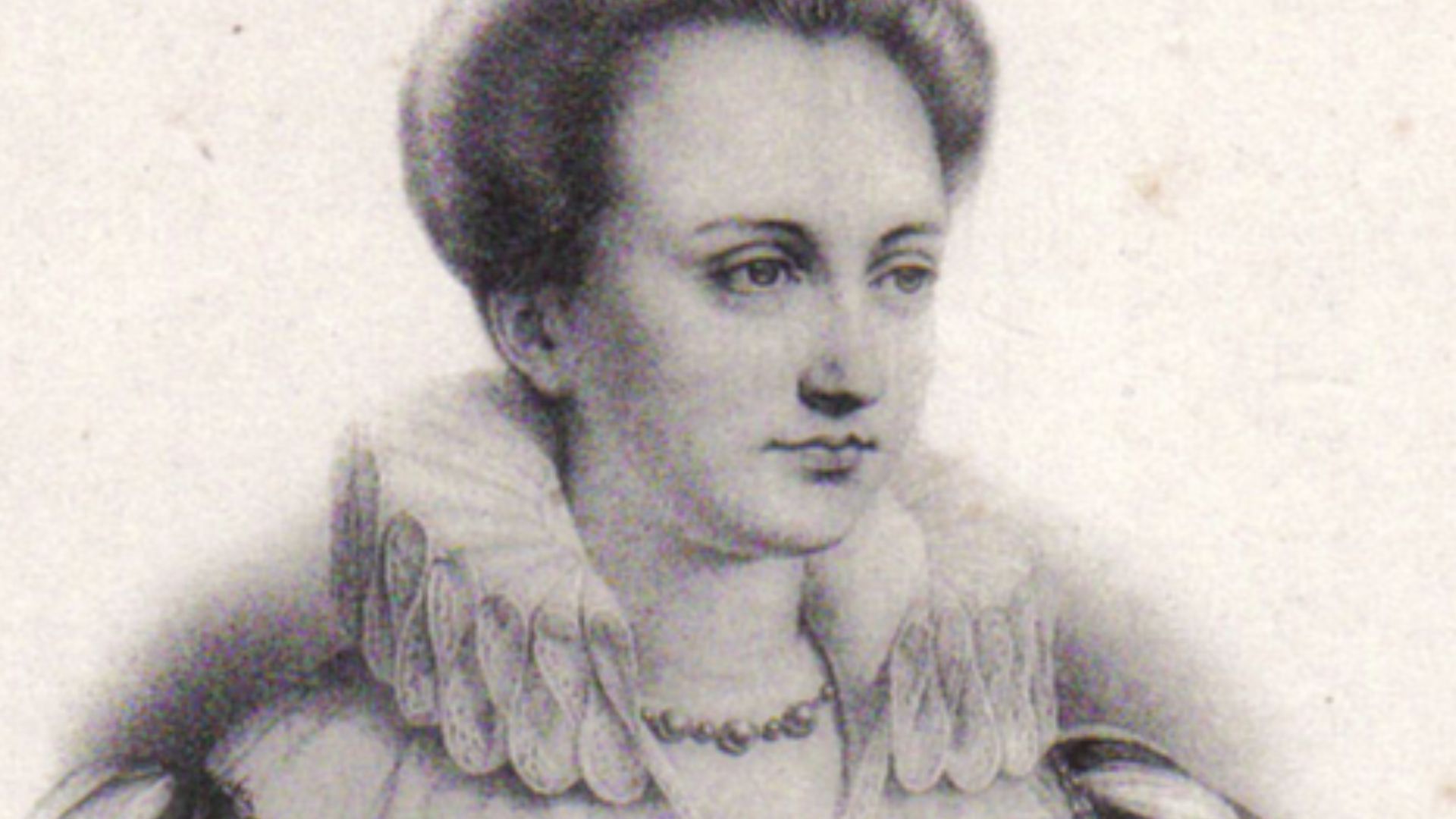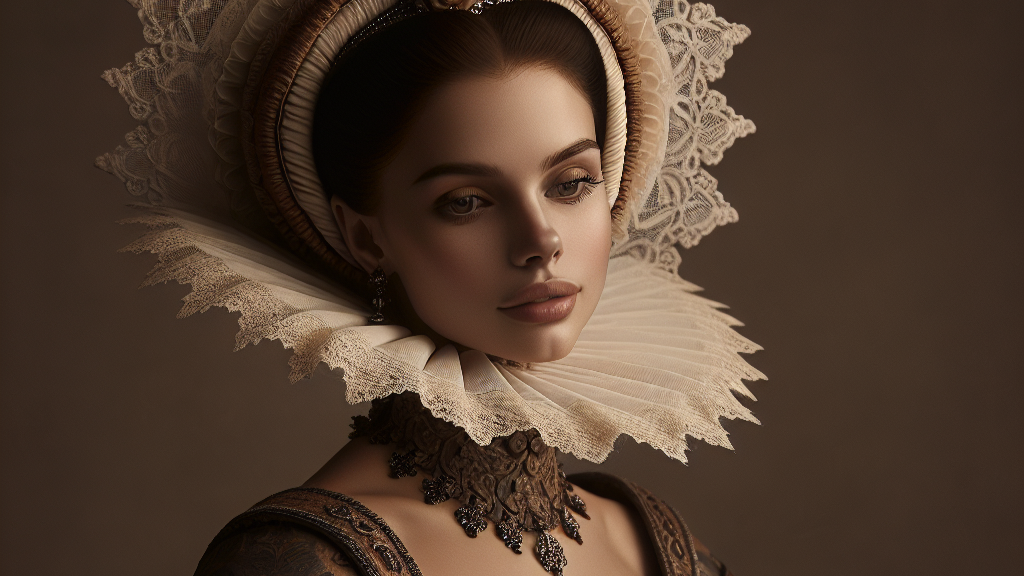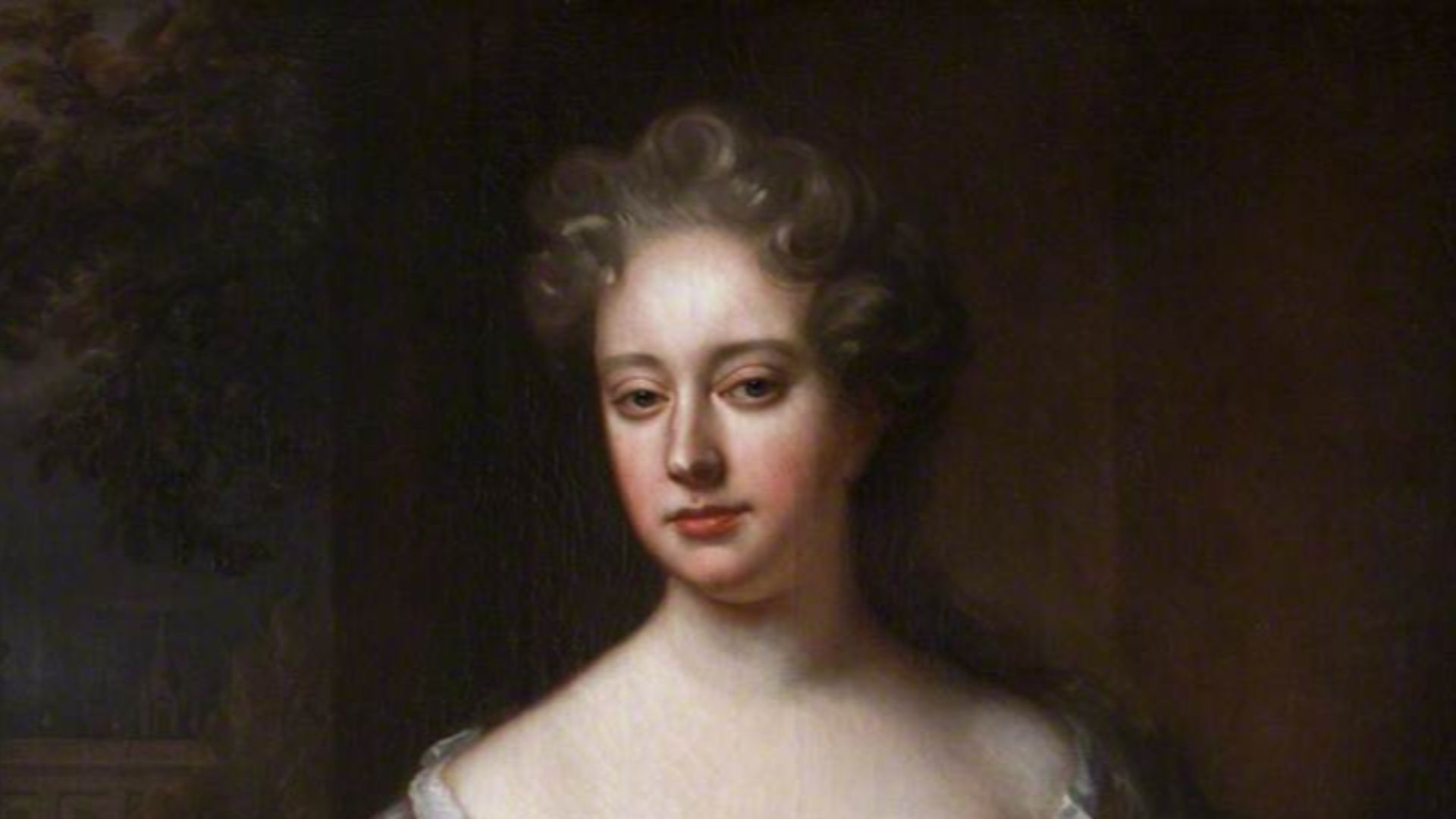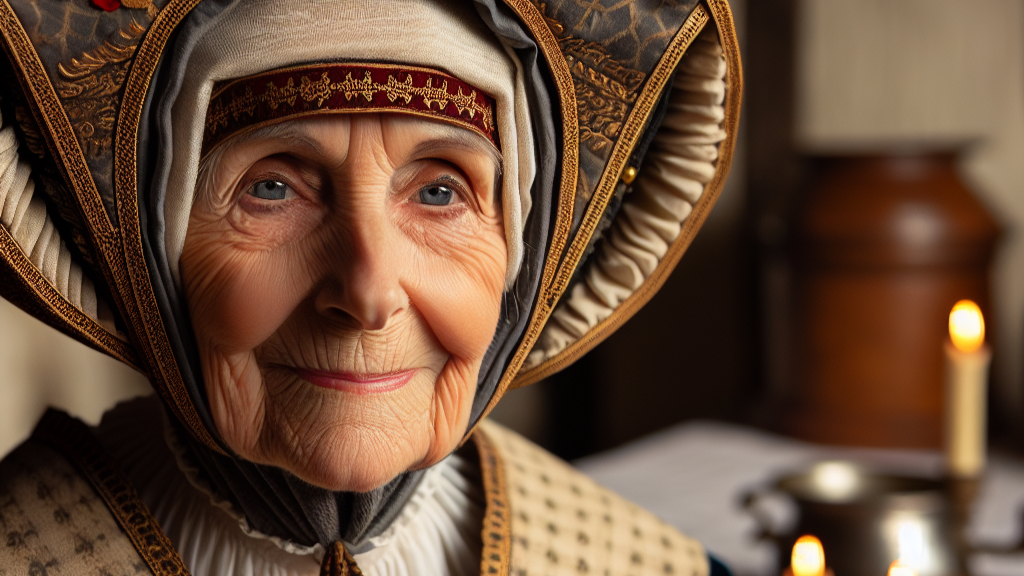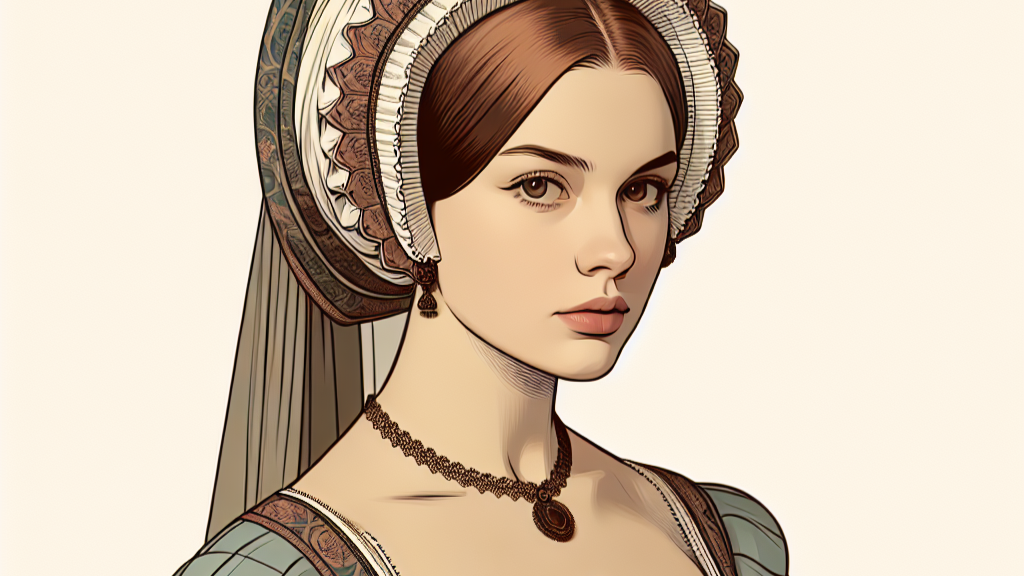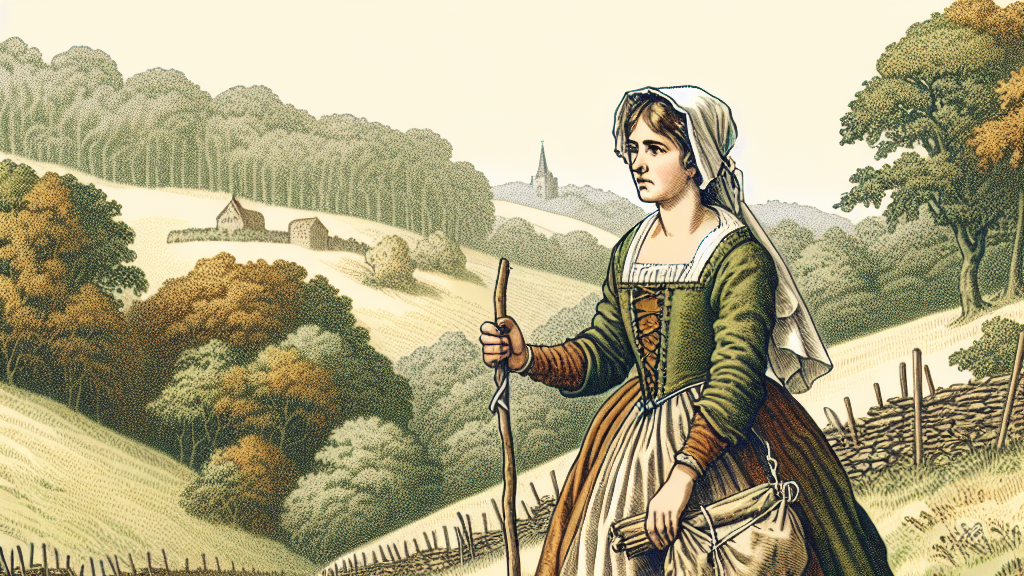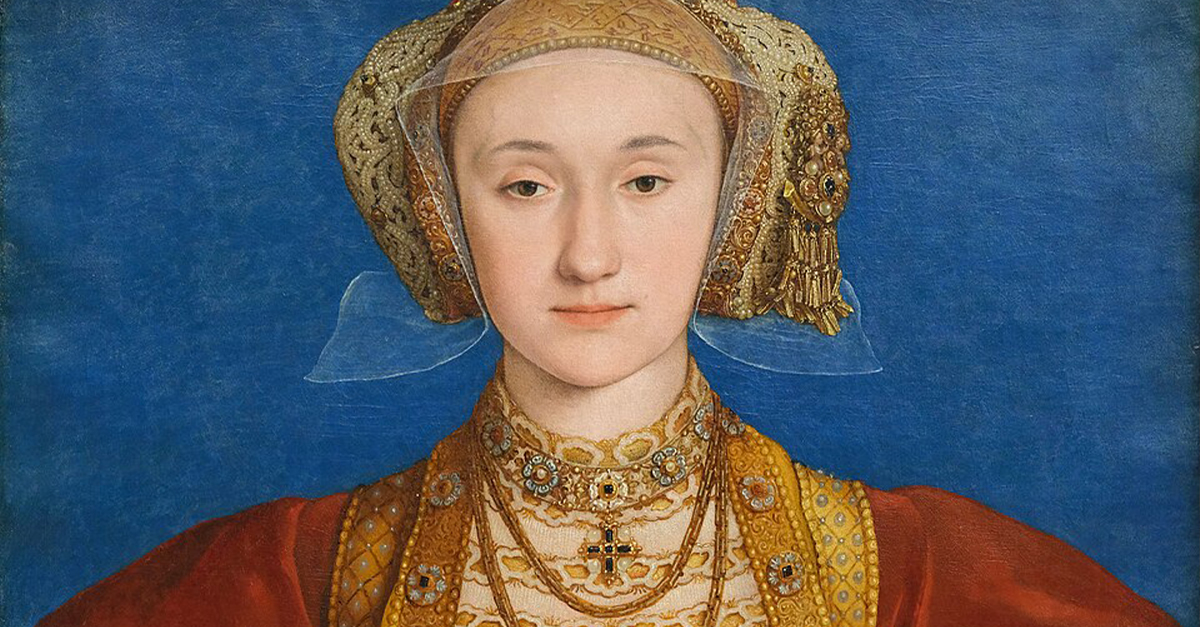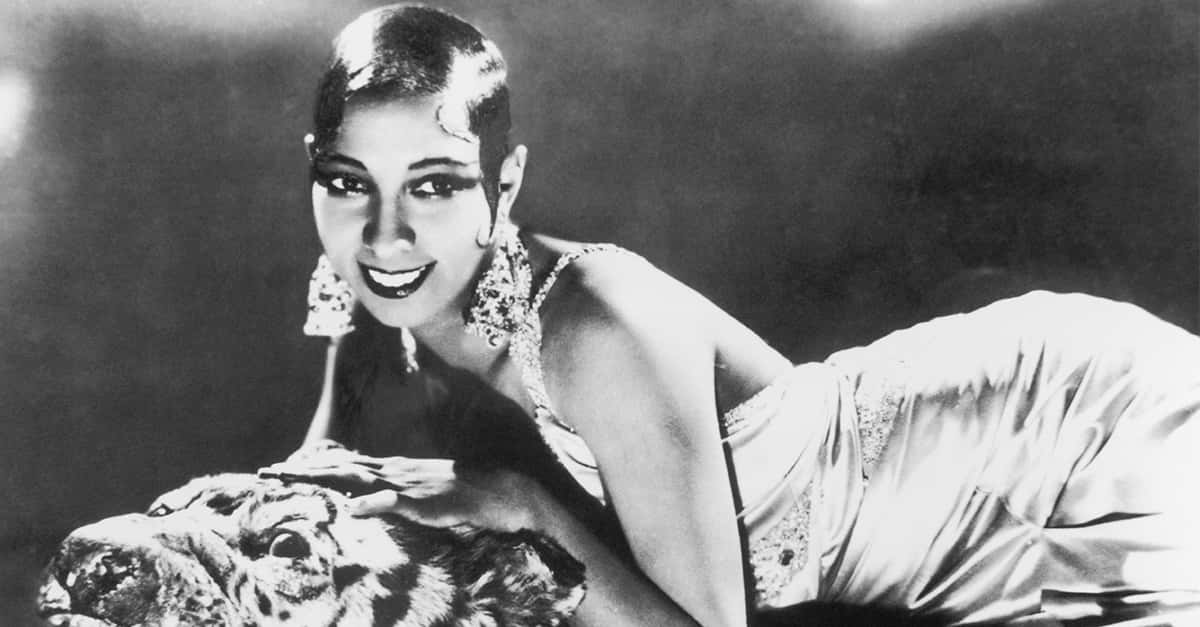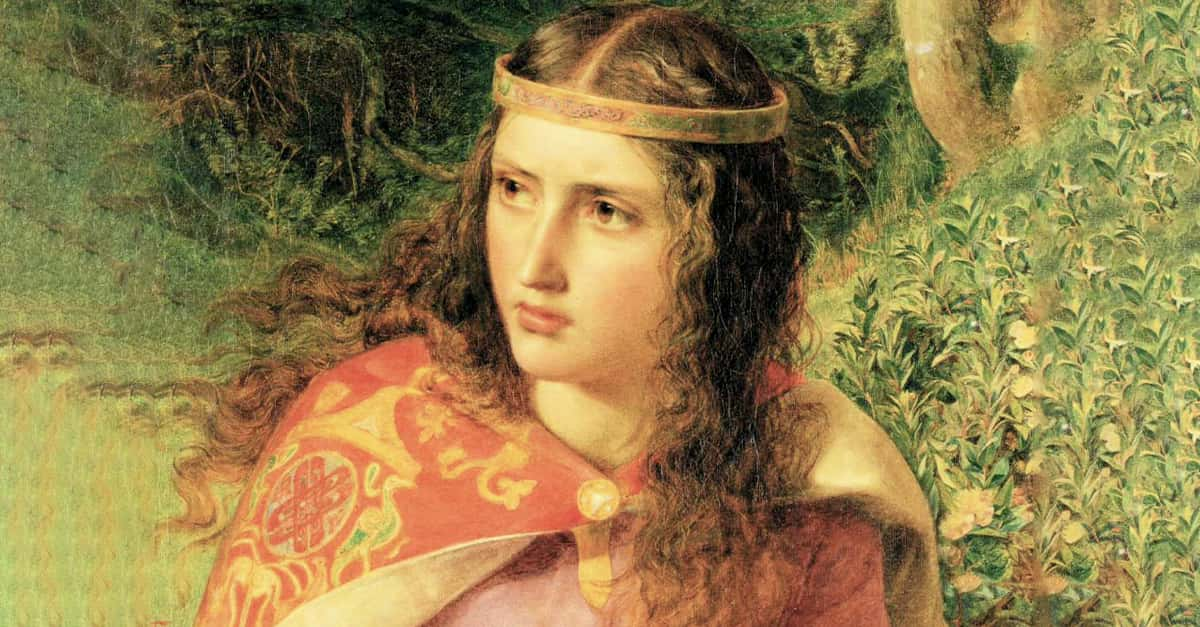Sixteenth-Century Women Of Influence
Although women lacked the legal and educational advantages that men had in Tudor England, some were able to gain and exert considerable influence through powerful marriages, ambitions for their children, and intrigue at court. Other women exhibited their ferociousness by standing up for their beliefs—regardless of the consequences.
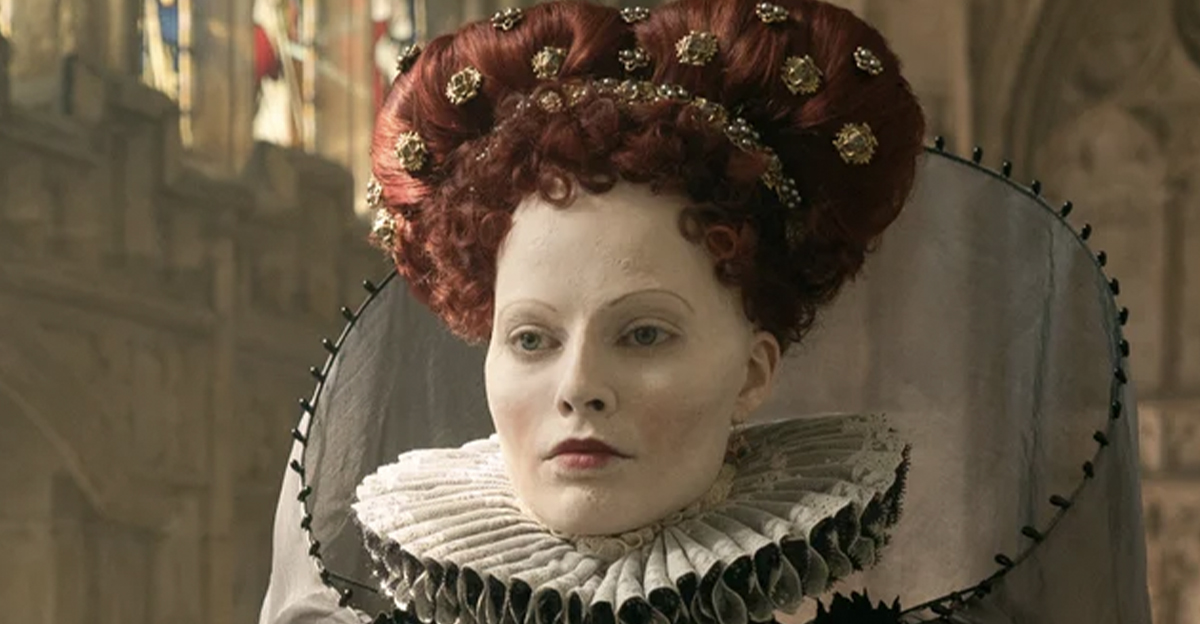
Margaret Pole, Countess Of Salisbury
The niece of Richard III, Margaret Pole steadfastly maintained her allegiance to her family after Richard lost his life at the Battle of Bosworth in 1485. She became a symbol of resistance and rebellion—so much so that she was considered a threat to the crown.
Elizabeth Of York
In 1486, Elizabeth of York married King Henry VII. The marriage was strategic, joining the houses of York and Lancaster, and ending the War of the Roses. She bore eight children, including a son who was crowned Henry VIII, and two daughters who became the queens of Scotland and France.
Margaret Tudor, Queen Of Scots
Like her mother, Elizabeth of York, Margaret Tudor entered into a strategic marriage. Her union with James IV of Scotland united the royal houses of England and Scotland. Left widowed in 1513, Margaret acted as regent for their son James V, who was only 17 months old when he succeeded to the throne.
 Unknown Author, Wikimedia Commons
Unknown Author, Wikimedia Commons
Catherine Of Aragon
Catherine of Aragon—the daughter of Isabella I of Castile and Ferdinand II of Aragon—was briefly married to Arthur, Prince of Wales. But, following his untimely demise, she married Arthur's brother, Henry VIII. She was highly respected as Henry's queen, ruling for 24 years, until he had their marriage annulled.
Elizabeth Blount
Elizabeth Blount was a teenager when she arrived at court as one of Catherine of Aragon's ladies-in-waiting. Within a few years, "Bessie" became Henry VIII's mistress and gave birth to his only illegitimate son. That son—Henry FitzRoy—was a needed symbol of Henry's virility, giving hope to the creation of a dynasty.
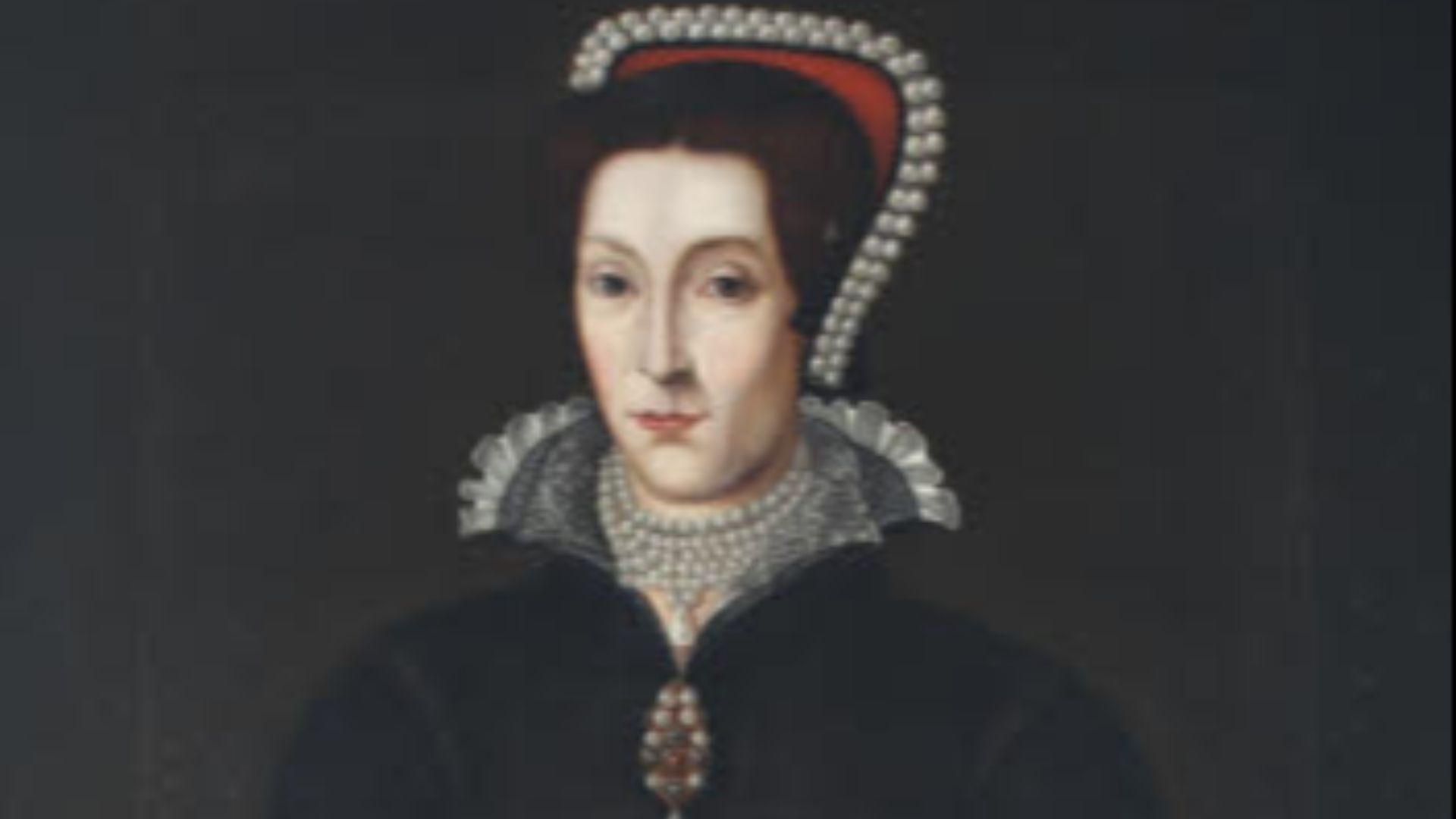 Unidentified painter, Wikimedia Commons
Unidentified painter, Wikimedia Commons
Anne Boleyn
Anne Boleyn has been reviled for centuries as the woman who ended the marriage between Henry VIII and his well-loved and widely-respected first wife, Catherine of Aragon. But Boleyn was strong and intelligent. As Queen of England, she focussed her efforts on improvements for the poor, influencing the passage of England's Poor Law, which was a system of relief.
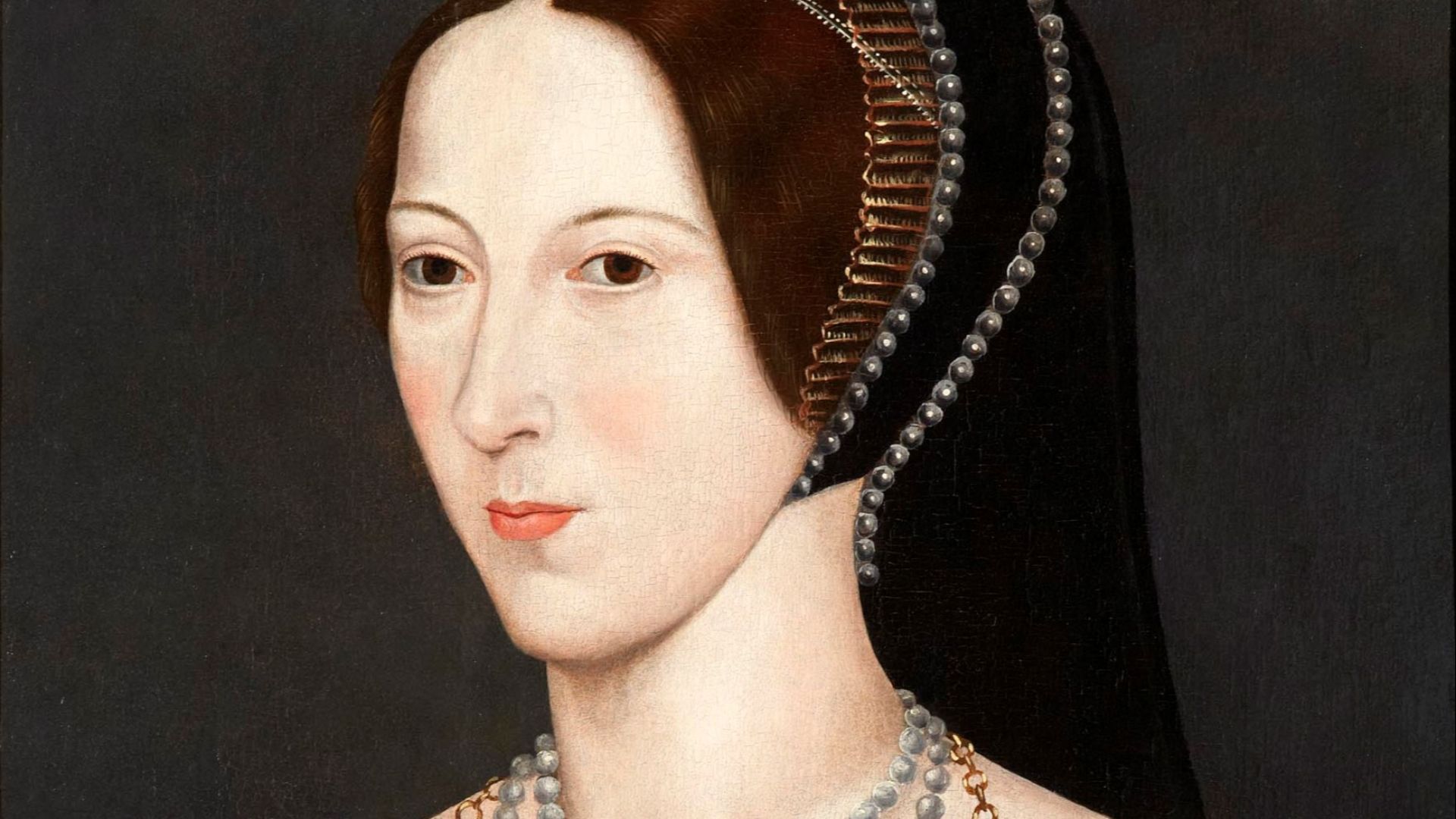 English school, Wikimedia Commons
English school, Wikimedia Commons
Catharine Parr
When Henry VIII married for the last time in 1543, he chose a woman who was a scholar and published author—Catherine Parr. She enjoyed a close relationship with Henry's three legitimate children and was instrumental in the passage of the Third Succession Act, which restored Henry's two daughters, Mary and Elizabeth, to the line of succession.
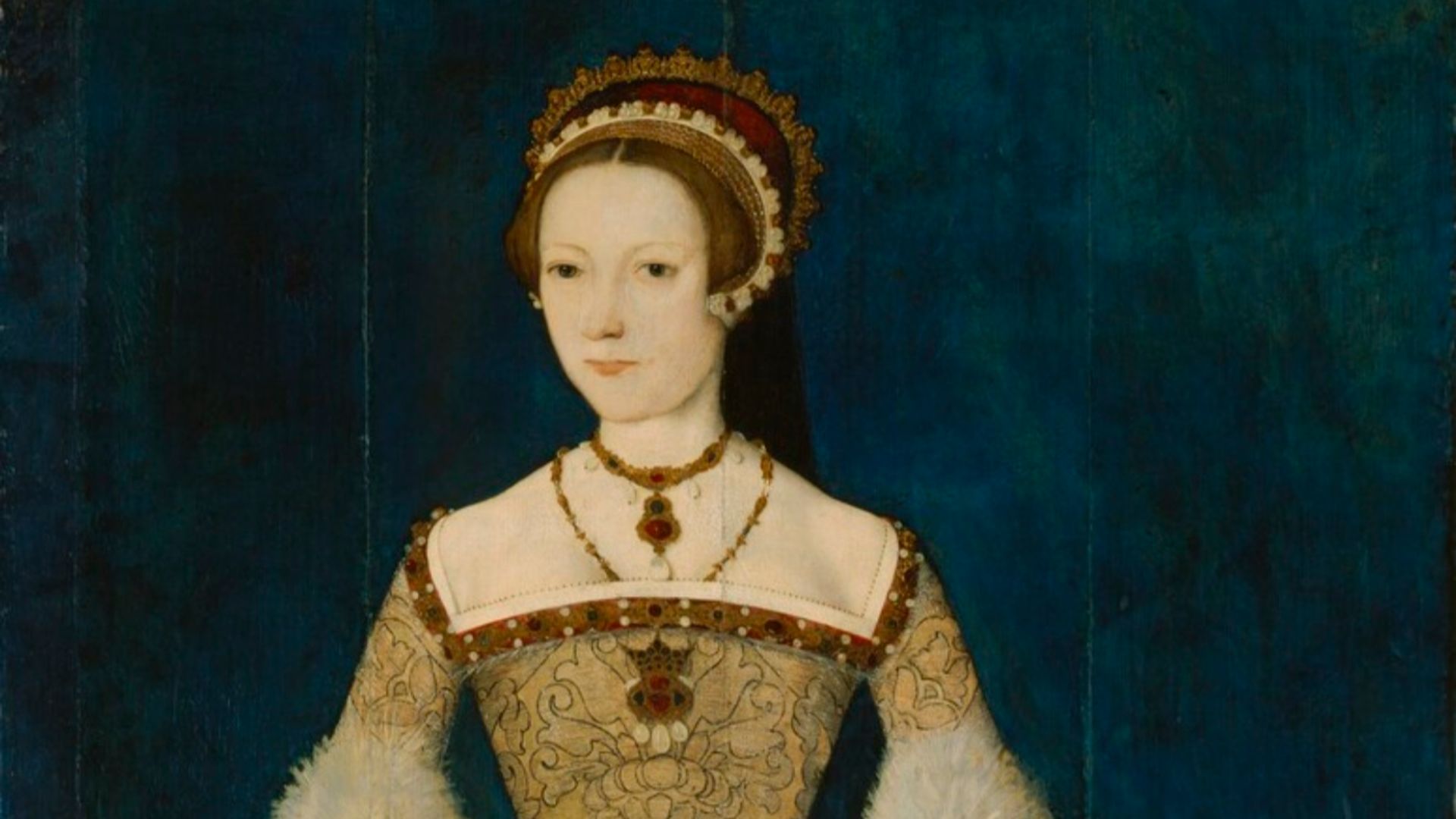 Attributed to Master John, Wikimedia Commons
Attributed to Master John, Wikimedia Commons
Lady Jane Grey
Lady Jane Grey was the great-granddaughter of Henry VII and Elizabeth of York. Edward VI (the son of Henry VIII) appreciated Grey's commitment to Protestantism, and named her as successor to his crown, overriding the Third Succession Act. Grey did briefly serve as Queen of England, but so briefly that she's known as the "Nine Days Queen".
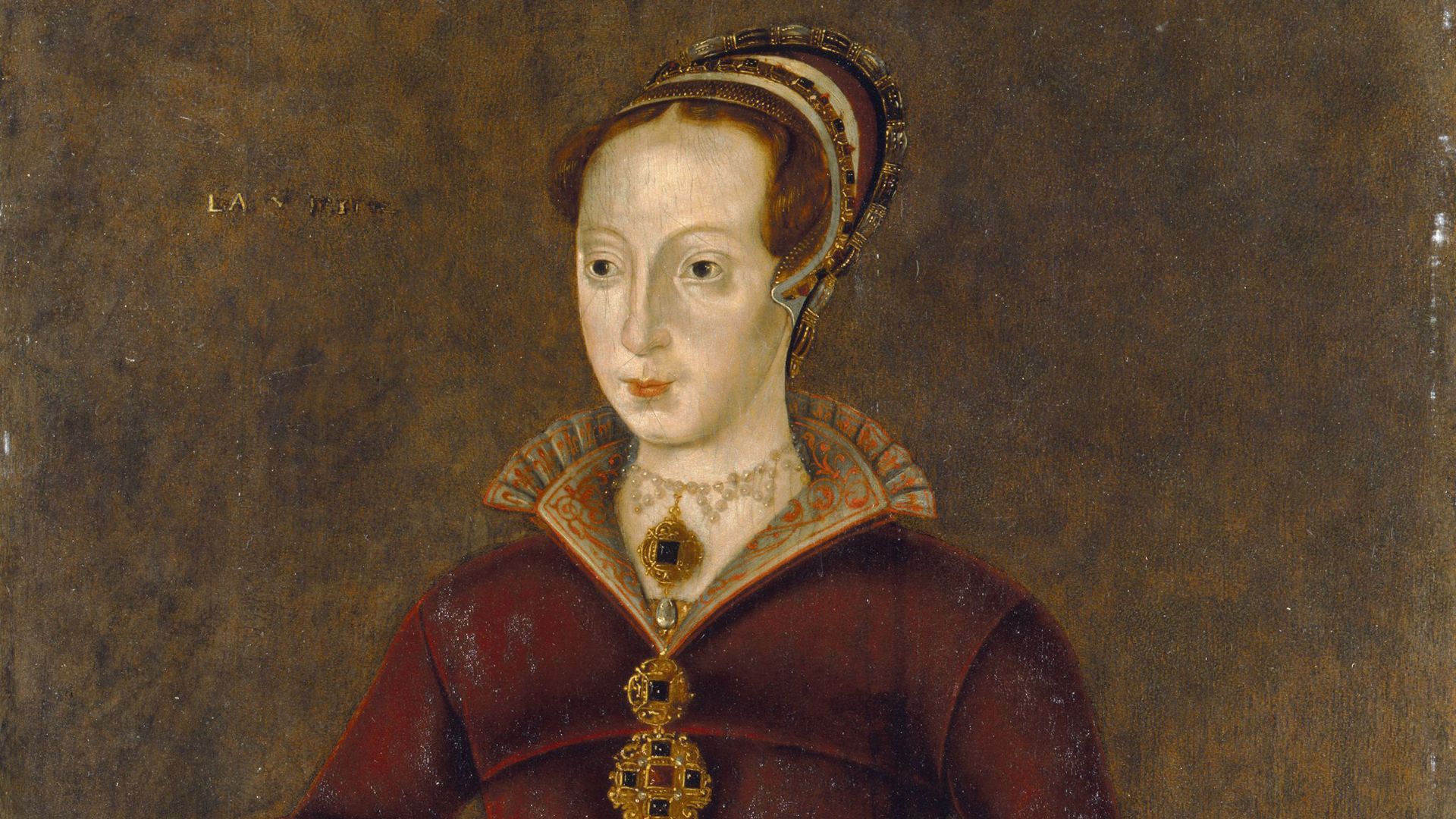 Unidentified painter, Wikimedia Commons
Unidentified painter, Wikimedia Commons

History's most fascinating stories and darkest secrets, delivered to your inbox daily.
Mary I
Henry VIII's oldest surviving child, Mary I, ascended the throne after overthrowing her brother's first choice as successor to the English crown: Lady Jane Grey. A committed Catholic, Mary violently attempted to revert England to Catholicism, ordering 280 religious dissenters to be burned at the stake.
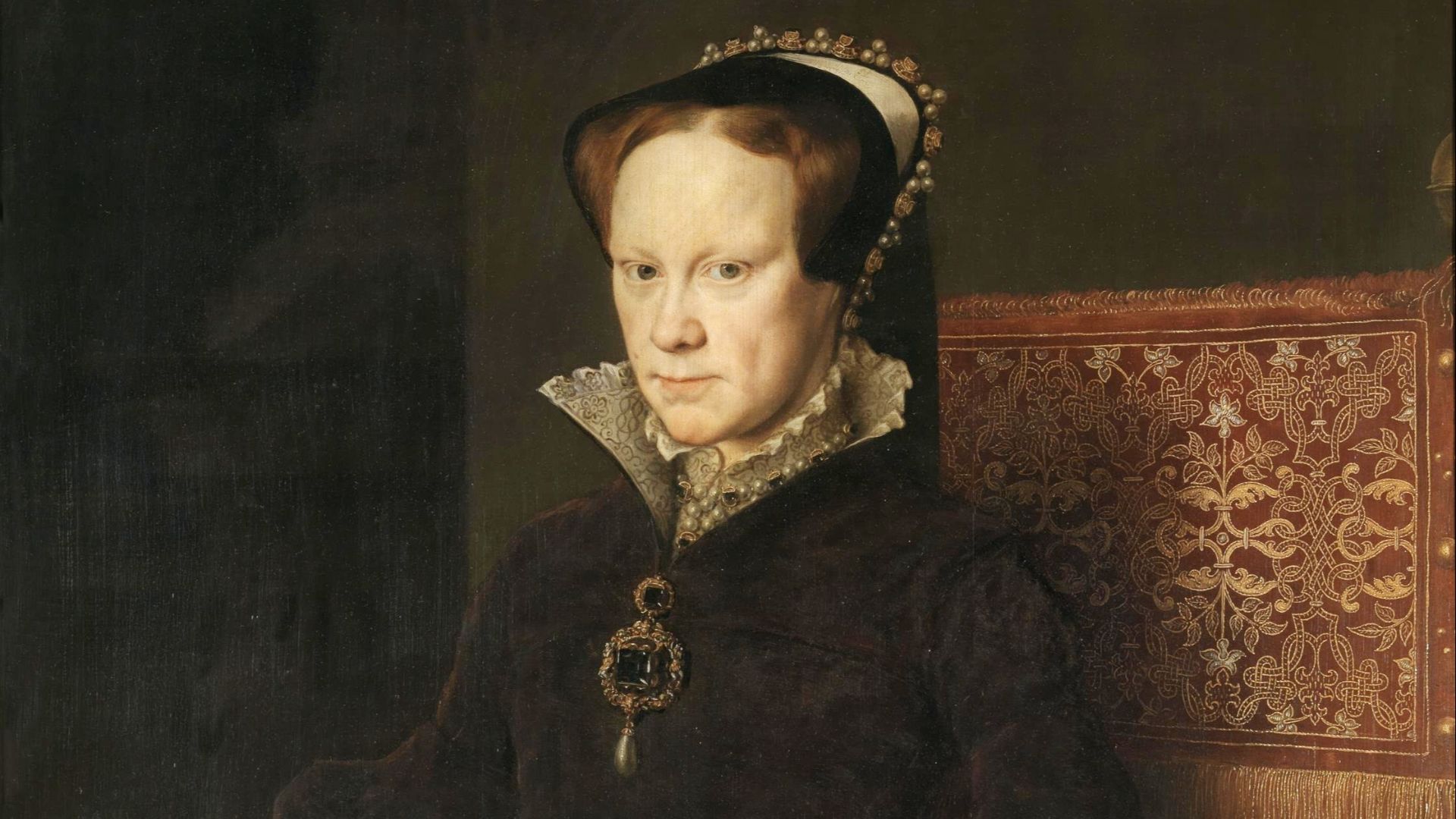 Antonis Mor, Wikimedia Commons
Antonis Mor, Wikimedia Commons
Elizabeth I
Elizabeth I ascended to the throne in 1558. She was a strong and capable leader, and remains one of England's best monarchs. Under her 44-year reign, England flourished economically, politically, and culturally. Elizabeth never married; she was the last monarch of the Tudor dynasty.
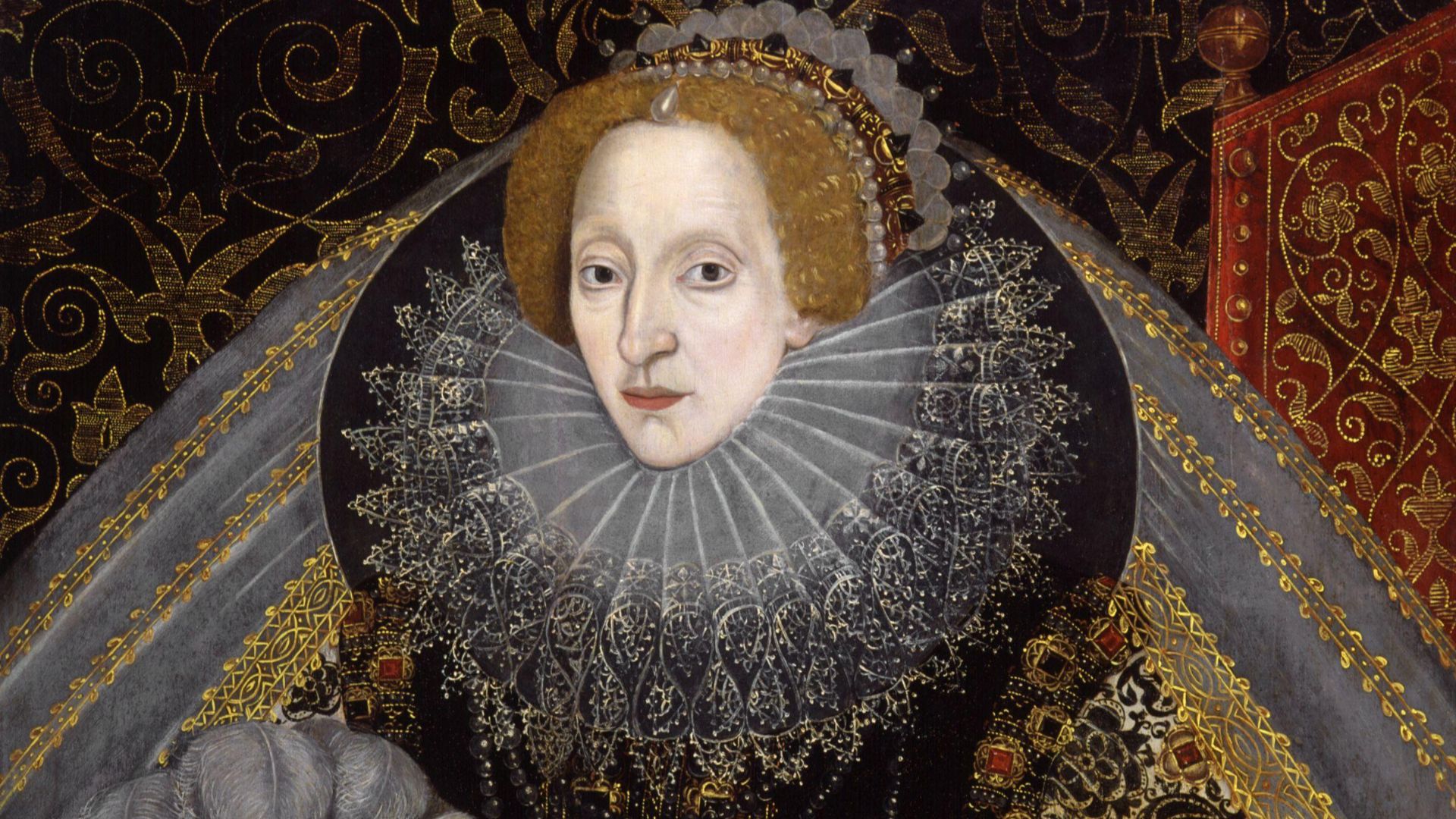 Unidentified painter, Wikimedia Commons
Unidentified painter, Wikimedia Commons
Bess Of Hardwick
A shrewd businesswoman, Bess of Hardwick leveraged a series of well-made marriages to become tremendously wealthy and well-respected within England's noble class. Rising from modest origins, Bess eventually became the Countess of Shrewsbury and the second most important woman in England after Queen Elizabeth I.
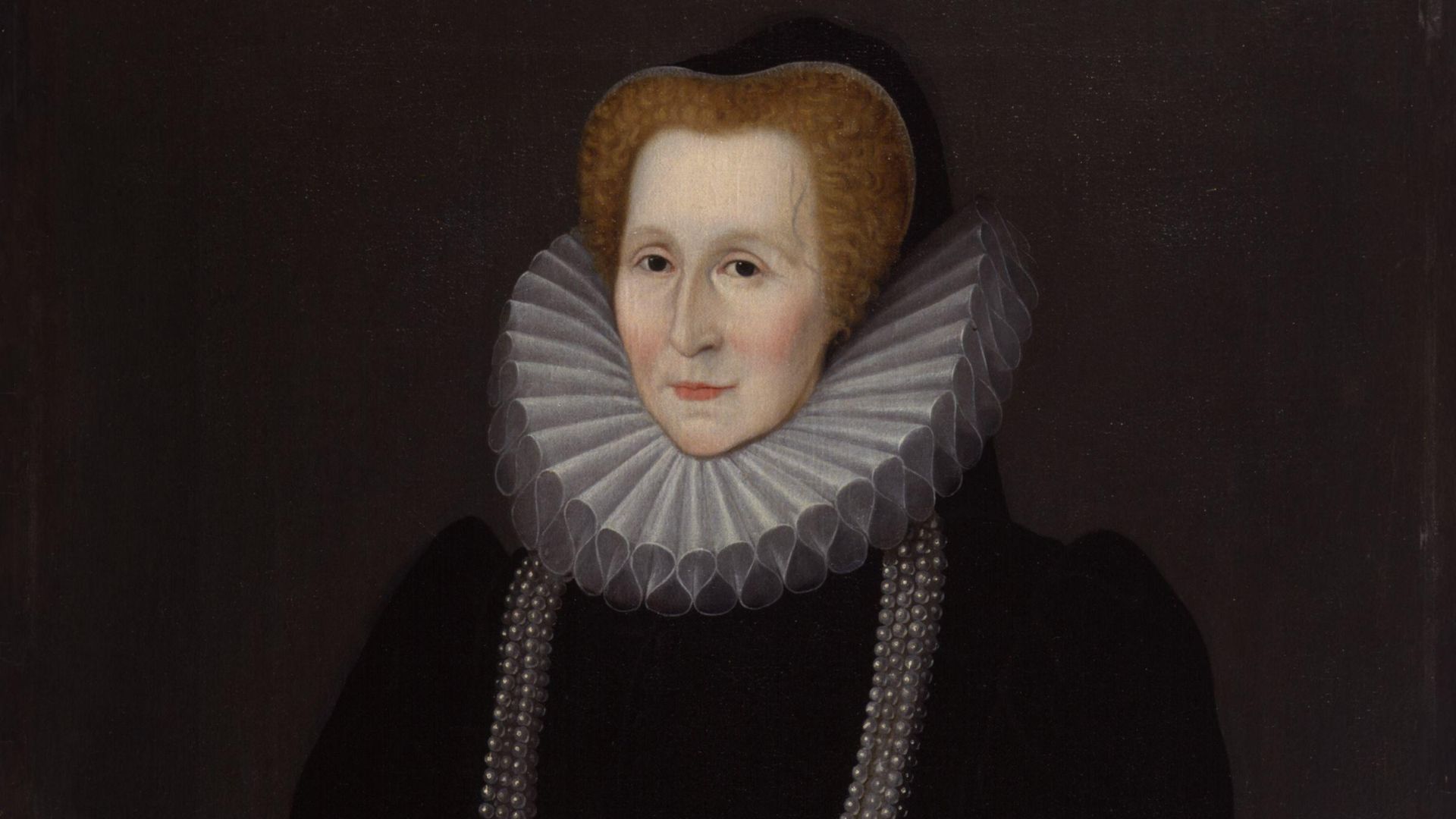 Unidentified painter, Wikimedia Commons
Unidentified painter, Wikimedia Commons
Mary, Queen Of Scots
Mary was only six days old when her father—James V of Scotland—succumbed to either cholera or dysentery. Although Scotland was governed by regents during Mary's youth, she was known as a tolerant and moderate monarch once she took the reins of power. However, she was later forced to abdicate in favor of her infant son, James VI.
Anne Askew
Anne Askew was one of the earliest known female poets to write in the English language. She was also a devout Protestant and practicing preacher. Her beliefs led to her arrest for heresy during Mary I's reign. In an attempt to get her to name other Protestants, she was placed on the racks, but she kept mum. She was later burned at the stake.
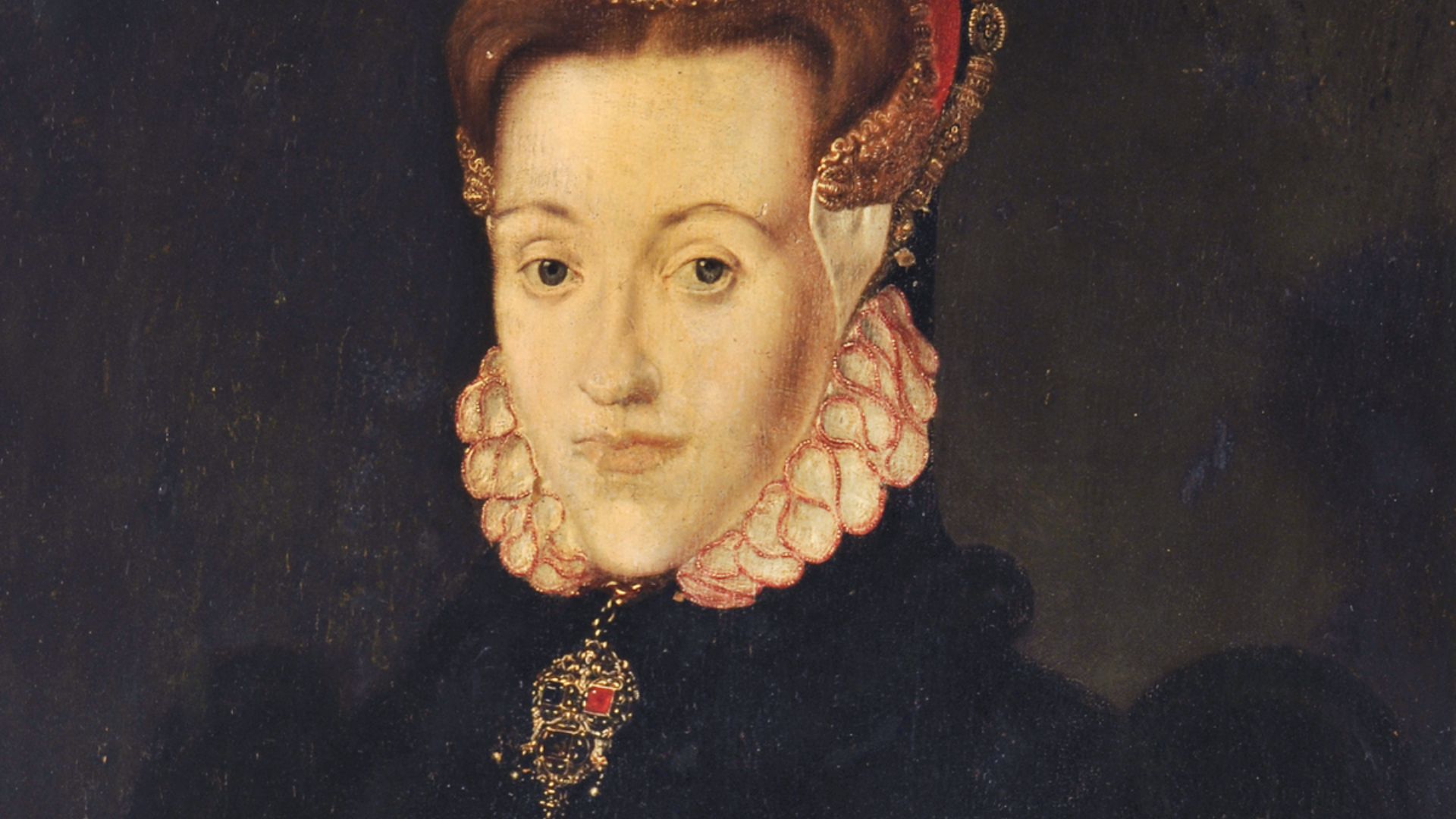 Hans Eworth, Wikimedia Commons
Hans Eworth, Wikimedia Commons
Maria Thynne
In 1594, while serving at the court of Queen Elizabeth I, Maria Thynne met and married the love of her life—all in one day. However, Maria's family and her new husband's family were engaged in a long-standing feud. The two star-crossed lovers—said to be the inspiration for William Shakespeare's Romeo and Juliet—kept the marriage secret for a while before their families tried to have it annulled.
Penelope Devereux, Countess Of Devonshire
Beautiful and complex, Penelope Devereux wasn't a woman who played by the rules. She lived openly as an adultress and, after divorcing her first husband, married her lover in secret even though the marriage was disallowed by the Church of England. More seriously, she was implicated in a plot to raise an army against Queen Elizabeth I.
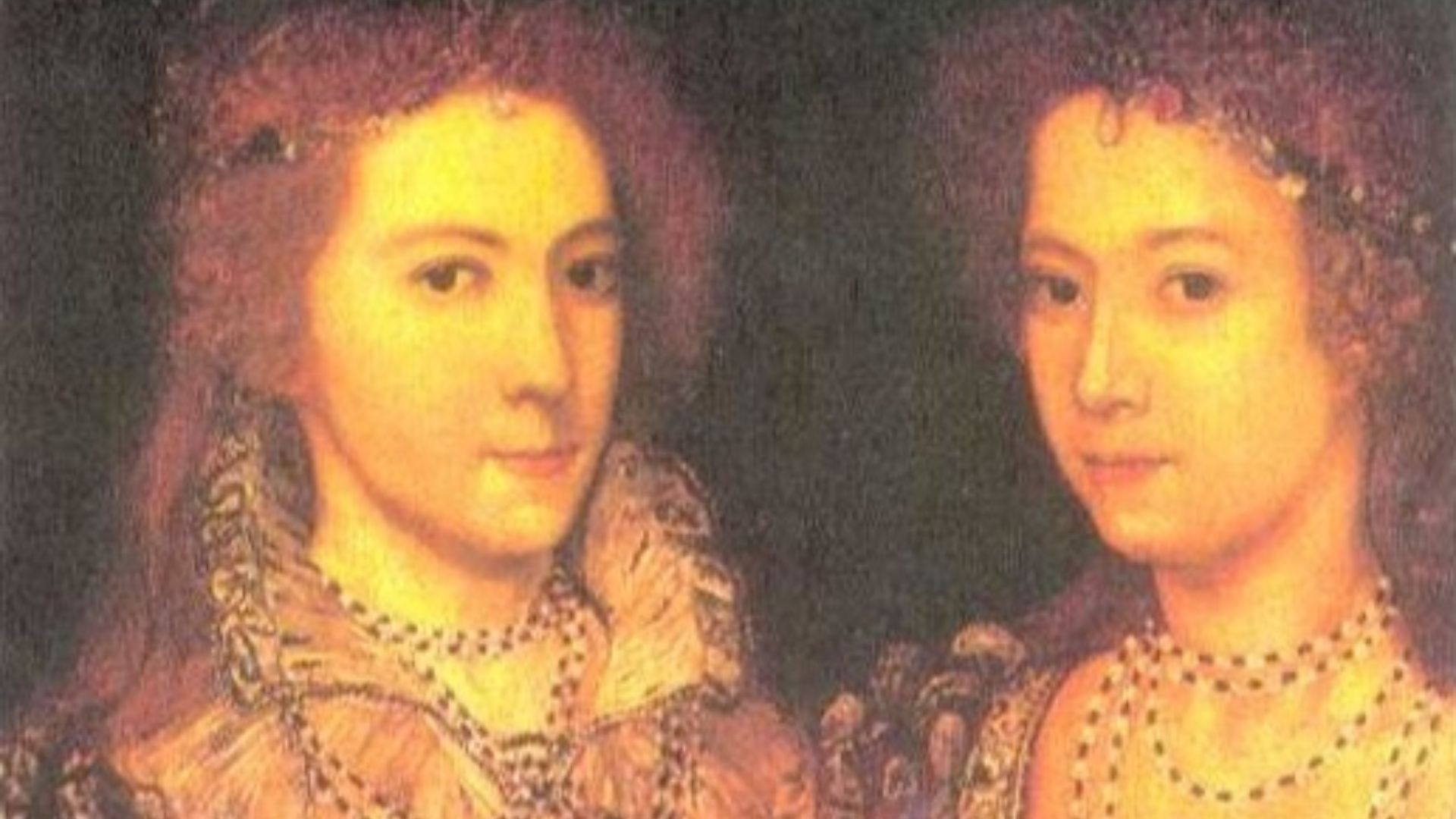 Unknown artistUnknown artist, Wikimedia Commons
Unknown artistUnknown artist, Wikimedia Commons
Gertrude Courtenay, Marchioness Of Exeter
Born into the British aristocracy, Gertrude married up—her husband was Henry VIII's first cousin. Courtenay was in the thick of things at court. Fiercely loyal to Catherine of Aragon, she plotted the downfall of Anne Boleyn and the rise of Jane Seymour.
Margaret Douglas, Countess Of Lennox
After Margaret Tudor, Queen of Scots was widowed, she remarried and had another child, Margaret Douglas. Margaret led an incredible life. She was embroiled in the royal court (her son married Mary, Queen of Scots) and she was imprisoned in the Tower of London several times for her political intrigue and ambition.
 Unidentified painter, Wikimedia Commons
Unidentified painter, Wikimedia Commons
Katherine Brandon, Duchess Of Suffolk
Born into a life of privilege, Katherine Willoughby was married at the age of 15 to Charles Brandon, Duke of Suffolk, who was almost 50 years old. The two were frequently at court, where Katherine caught the eye of the aging Henry VIII. It's believed that after Katherine was widowed, the King considered making her his seventh wife.
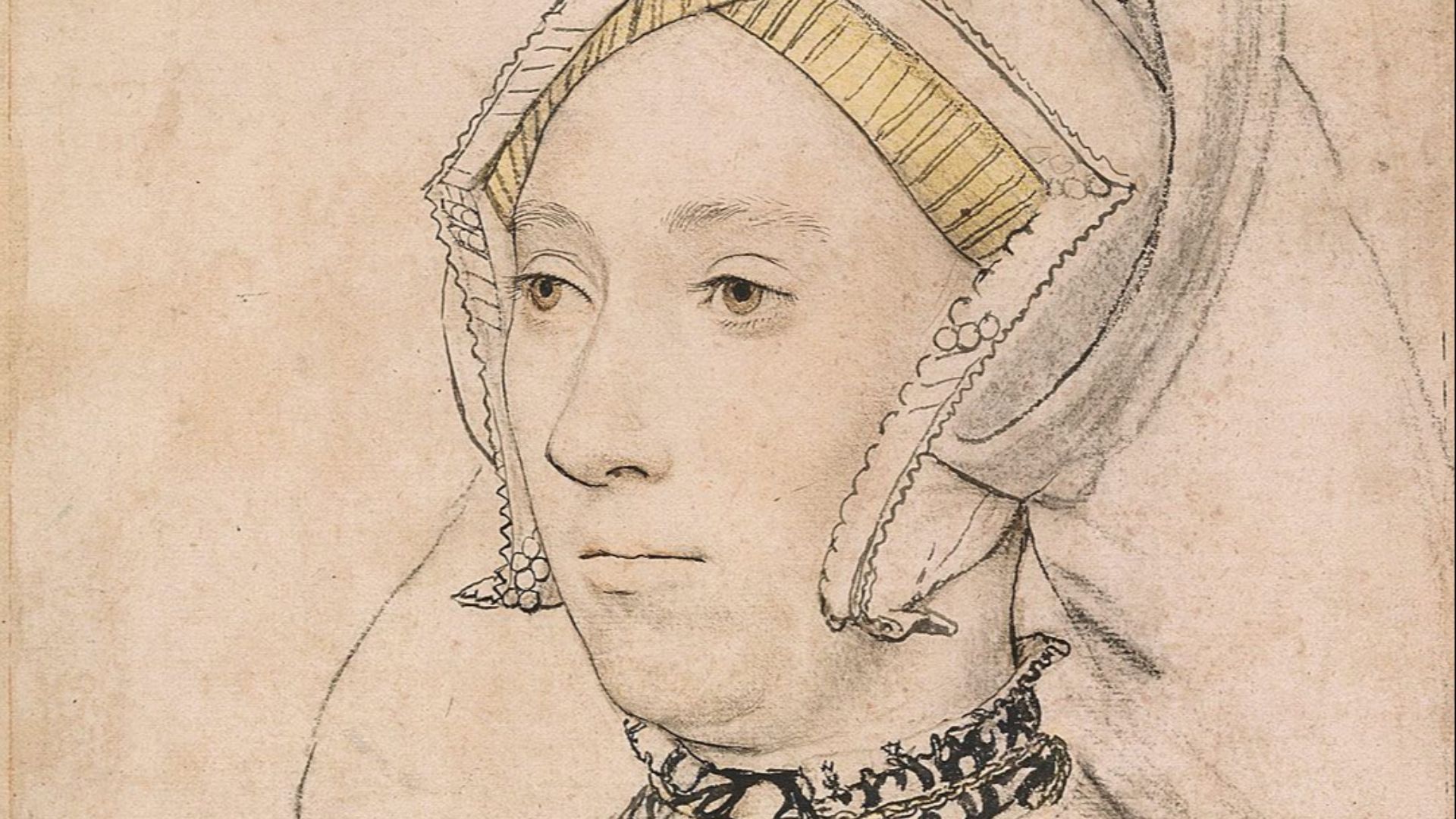 Hans Holbein the Younger, Wikimedia Commons
Hans Holbein the Younger, Wikimedia Commons
Anne Seymour, Duchess Of Somerset
Highly intelligent and determined, Anne Seymour was married to Edward Seymour, the 1st Duke of Somerset, who was also Jane Seymour's brother. As uncle and aunt to Edward VI, the two held an enormous amount of power at court. When Edward VI was crowned at the age of nine, his uncle acted as regent and Anne considered herself as first lady of the kingdom.
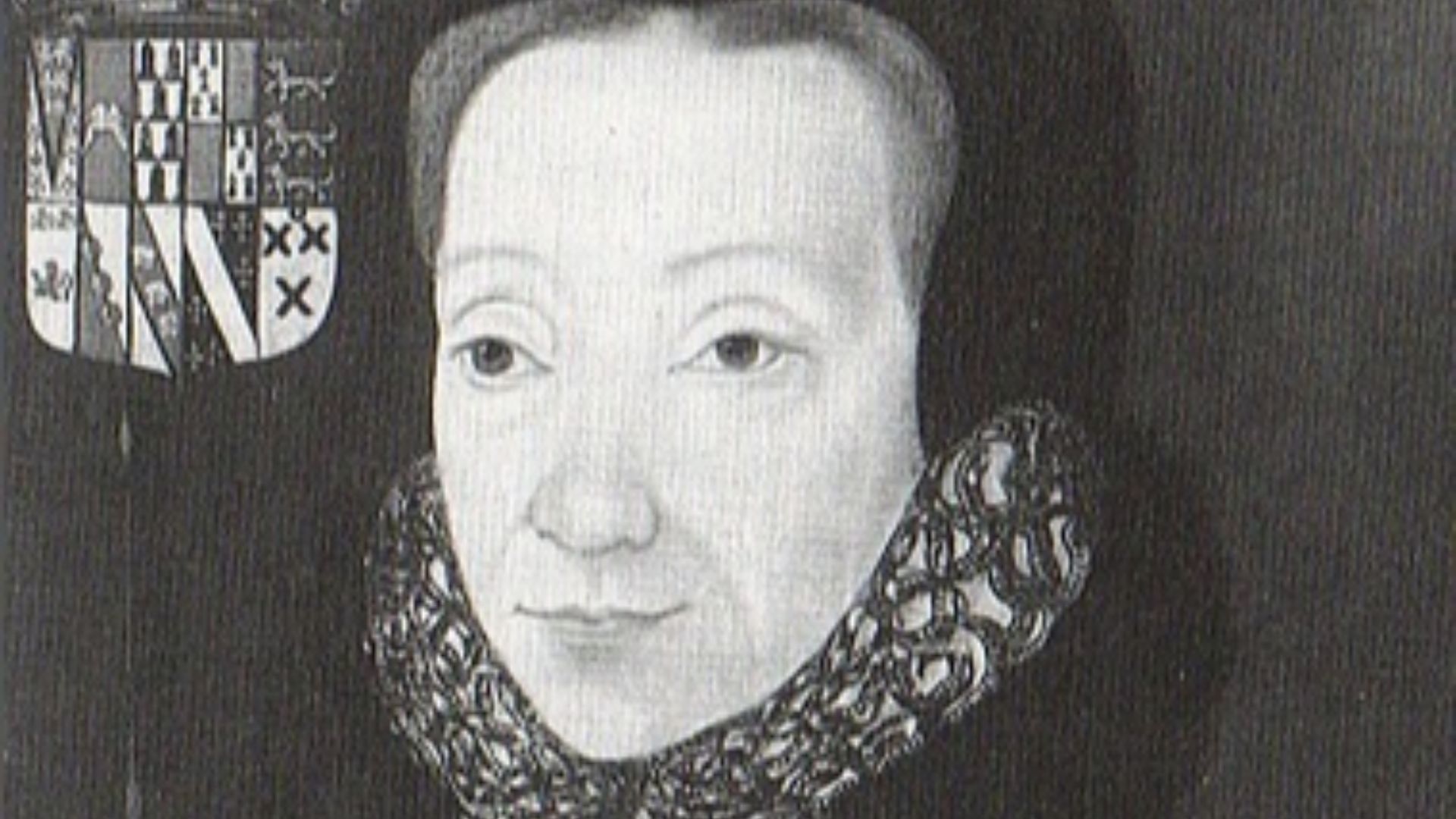 Unknown authorUnknown author, Wikimedia Commons
Unknown authorUnknown author, Wikimedia Commons
Mary Boleyn
Anne was not the only—or first—Boleyn girl to catch the eye of Henry VIII. Before he cast aside Catherine of Aragon for Anne, Henry had a dalliance with her older sister, Mary. It's believed that Mary was also a mistress of King Francis I of France.
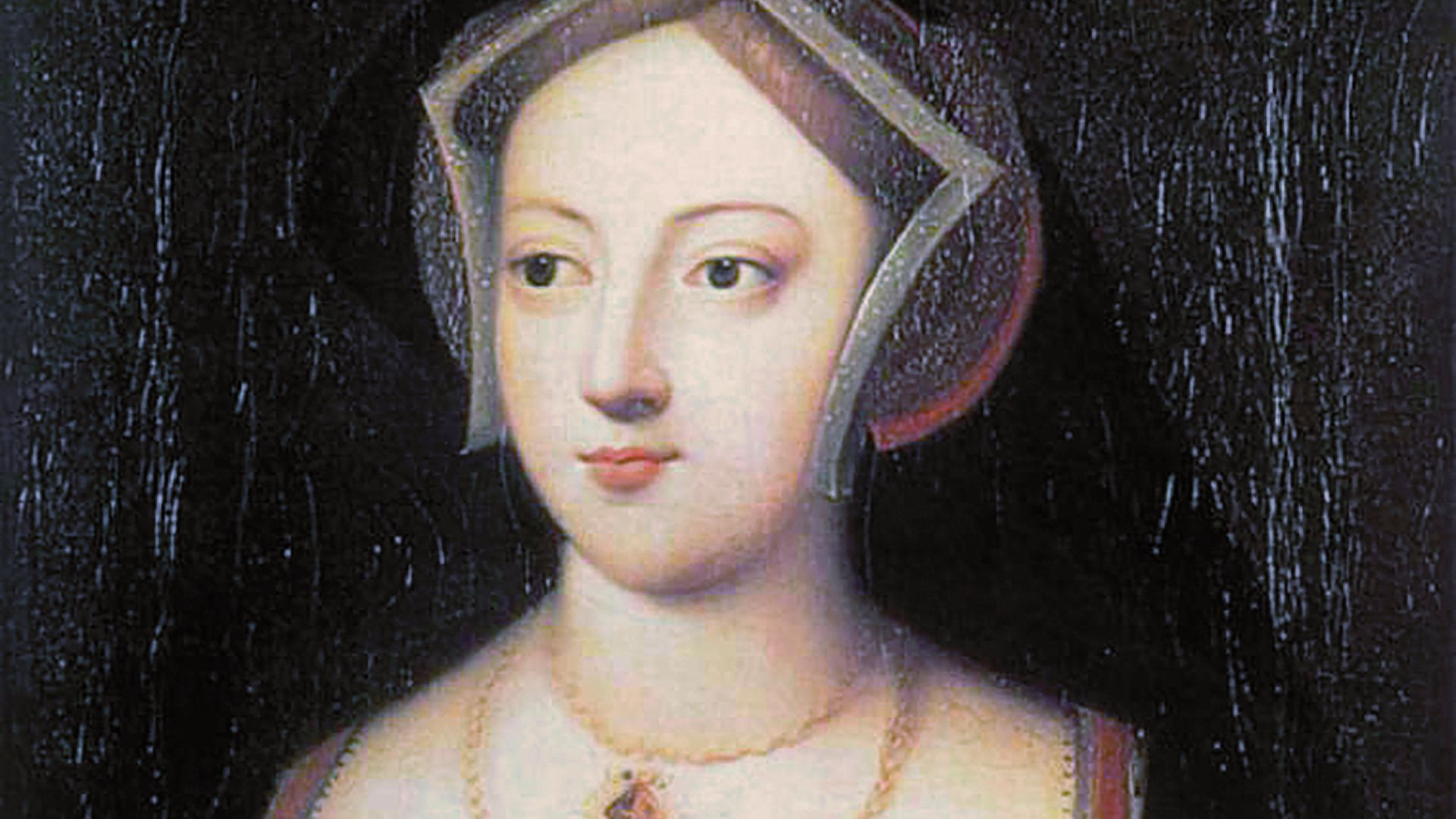 Unknown authorUnknown author, Wikimedia Commons
Unknown authorUnknown author, Wikimedia Commons
Elizabeth Barton
Elizabeth Barton was a Catholic nun who claimed to have visions and divine revelations, which she used to prophesize events. Some of her visions were political in nature, foretelling the downfall of Henry VIII. Those in power posited that Barton's prophecies were fake, deliberately created to incite rebellion against the monarchy. She was tried for treason and hanged in 1534.
Margaret Beaufort
At the age of nine, Margaret Beaufort went to court, where she was presented with two suitors. Confident and bright, she made the gathering wait while she decided her own fate. She chose Edmund Tudor. Although their marriage was brief, Margaret gave birth to a son—Henry Tudor. Margaret was instrumental in Henry's rise to power and in establishing the Tudor dynasty.
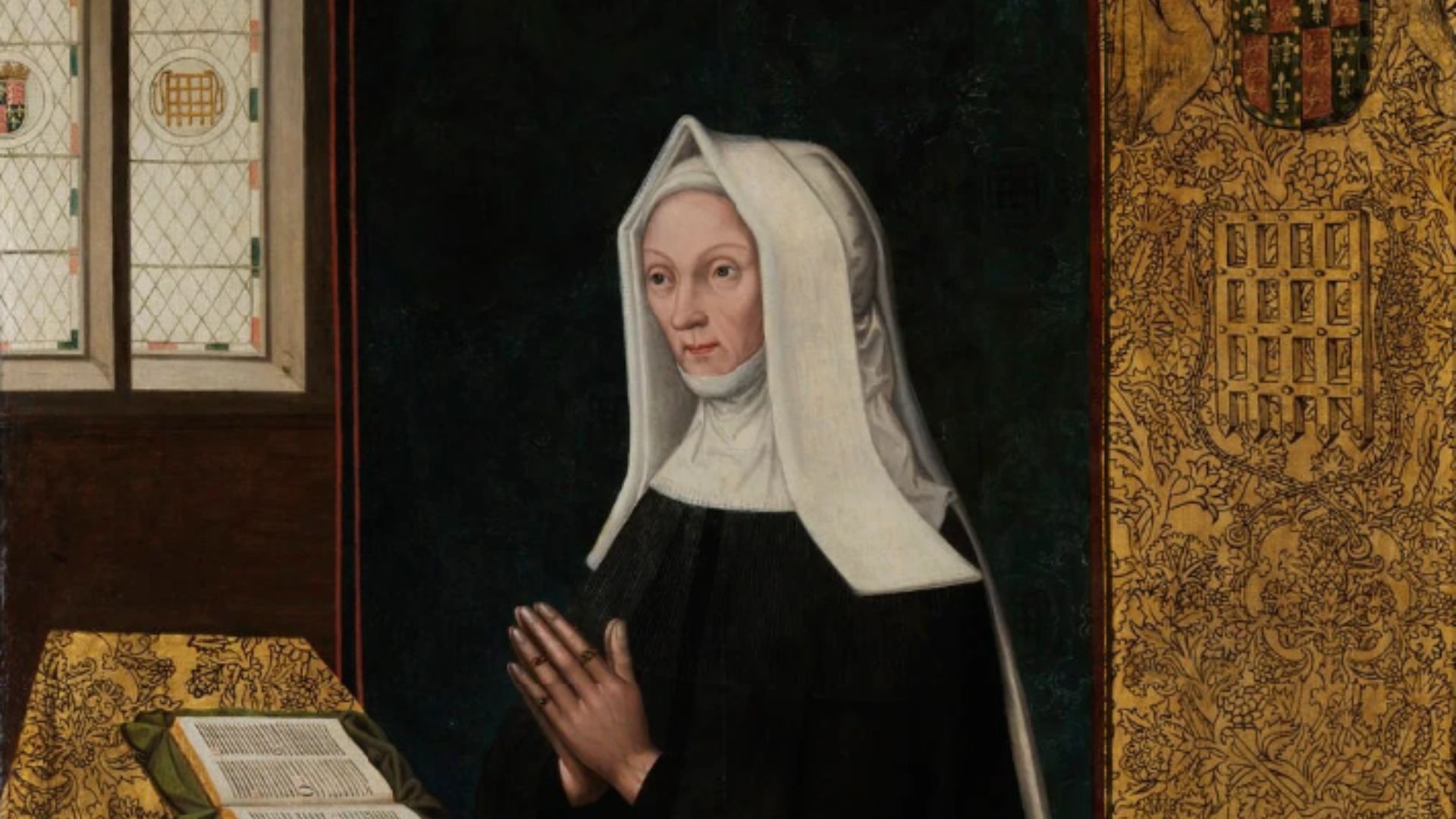 Meynart Weywyck, Wikimedia Commons
Meynart Weywyck, Wikimedia Commons
Lady Catherine Grey
Catherine Grey was the granddaughter of Mary Tudor and the sister of Lady Jane Grey (the "Nine Days Queen"). Elizabeth I worried that if Grey married and had sons, those sons could challenge Elizabeth's rule. Grey married in secret, going against the queen's wishes. Angered, Elizabeth ordered that Grey be imprisoned in the Tower of London, where she later gave birth to two sons.
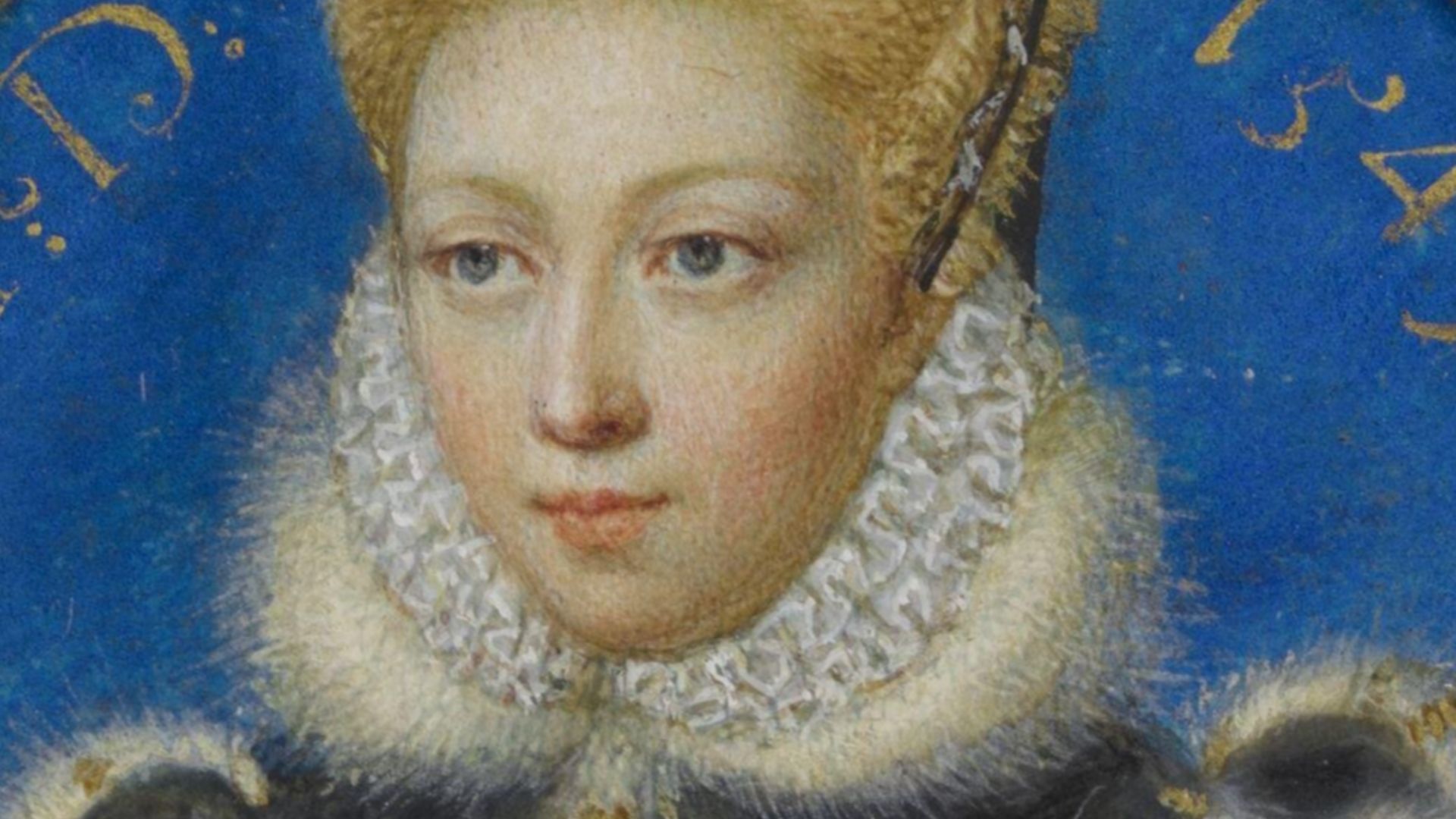 Levina Teerlinc, Wikimedia Commons
Levina Teerlinc, Wikimedia Commons
Lady Mary Grey
Mary Grey was the younger sister of Catherine and Jane. Like her older sisters, Mary had some claim to the throne of England. And, like Catherine, Mary also wed in secret and suffered a similar fate. When Elizabeth I found out about the marriage, she confined Mary to house arrest for seven years.
 Hans Eworth, Wikimedia Commons
Hans Eworth, Wikimedia Commons
Mary Howard
Mary Howard's father was the Duke of Norfolk, and her relatives included her first cousins Anne Boleyn and Katherine Howard and her second cousin Jane Seymour. With her powerful family ties, Mary was put forward as a marriage partner for Henry FitzRoy, Henry VIII's illegitimate son with Bessie Blount. The union was very advantageous for the Boleyns.
Mary Shelton
Known as a woman of great beauty and talent, Mary Shelton was likely one of King Henry VIII's mistresses. As a poet, her circle included other poets, all of whom she was romantically linked with: Sir Thomas Clere, Thomas Wyatt, and Henry Howard, Earl of Surrey.
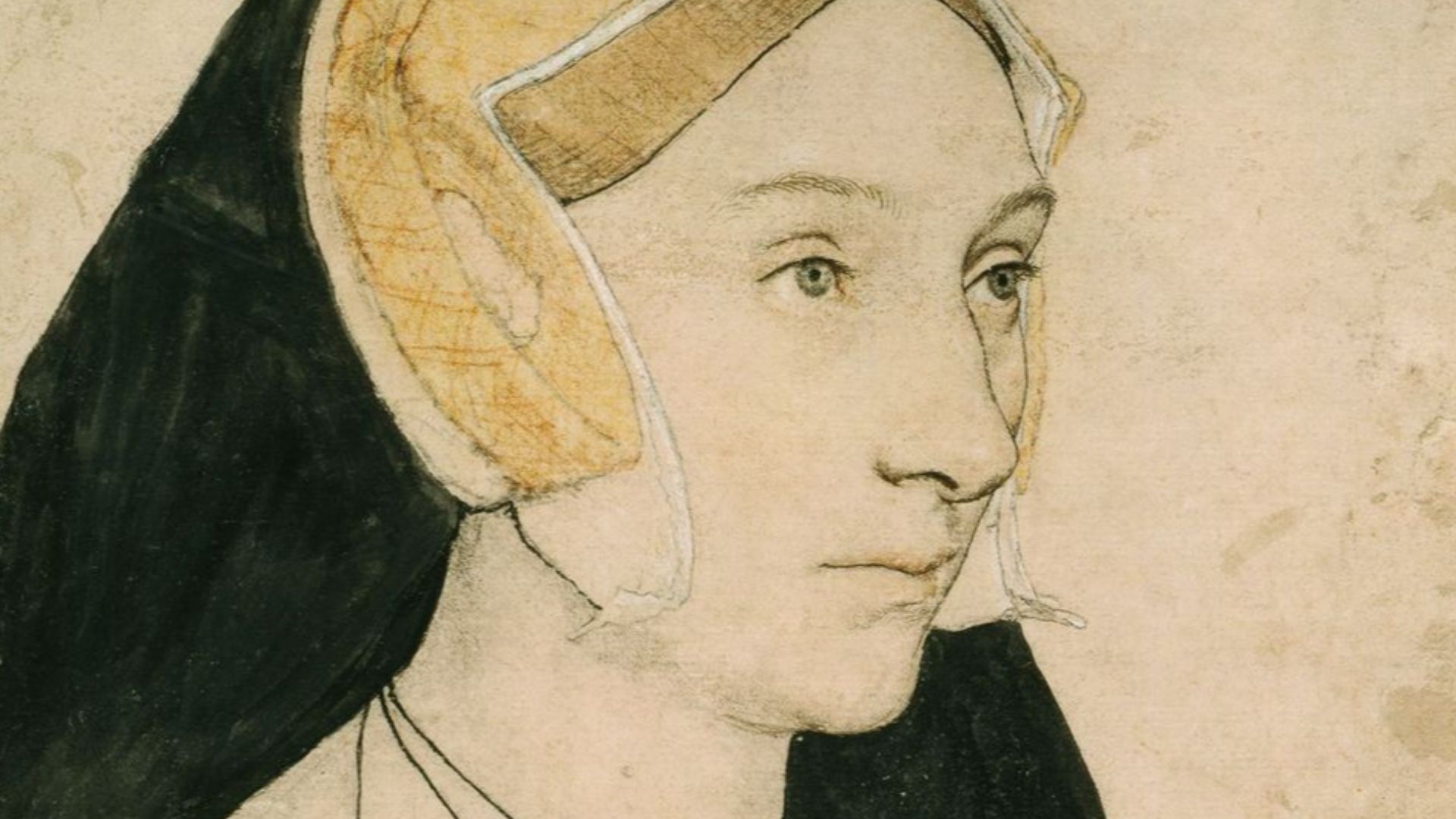 Hans Holbein the Younger, Wikimedia Commons
Hans Holbein the Younger, Wikimedia Commons
Joan Boughton
Joan Boughton was 80 years old when she was burned at the stake for her religious beliefs during the rule of Mary I. As a follower of John Wycliffe, Boughton steadfastly believed that the Catholic Church needed to be reformed. She's considered the first female Christian martyr in England.
Anne Of Cleves
Anne of Cleves was Henry VIII's fourth wife. Their marriage was the shortest of Henry's six marriages. Although she was ordered to remove herself from court, and her marriage subsequently declared illegal, she left the marriage well off. Henry granted her manors and an annual income and allowed her to keep her royal jewels, plate, and goods.
 Hans Holbein the Younger, Wikimedia Commons
Hans Holbein the Younger, Wikimedia Commons
Elizabeth Somerset, Countess Of Worcester
Elizabeth Somerset, Countess of Worcester was one of Anne Boleyn's ladies-in-waiting. Despite being close to the queen, Somerset testified against her, indicating that Boleyn was an adultress. This testimony was pivotal in determining Anne's guilt.
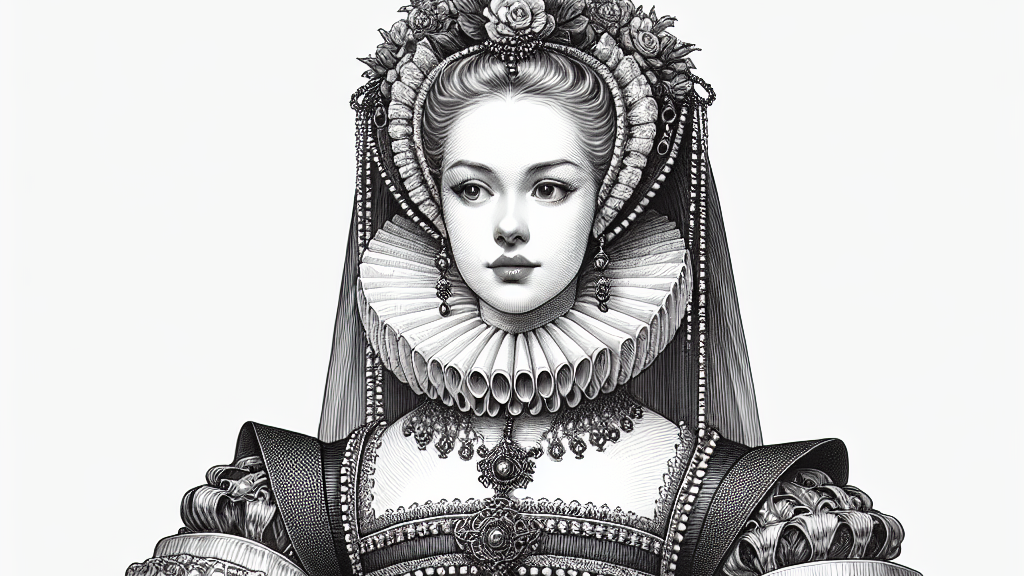
Anne Basset
Anne Basset had an ambitious mother who used her second husband's connections to secure Anne a place at court. Initially one of Jane Seymour's ladies-in-waiting, Basset soon caught Henry VIII's eye. It's believed she became one of his mistresses and it was speculated that she might become his fourth wife, after Seymour, or his sixth, after Catherine Howard.
Jane Boleyn, Lady Rochford
Jane Parker began her service in the royal court when she was about 14 years old. In 1526, she married Anne Boleyn's brother George. Despite being her sister-in-law, Jane was instrumental in Anne's downfall, testifying about Anne's alleged infidelities. Interestingly, she thrived at court following Anne's removal and served five of Henry VIII's wives.
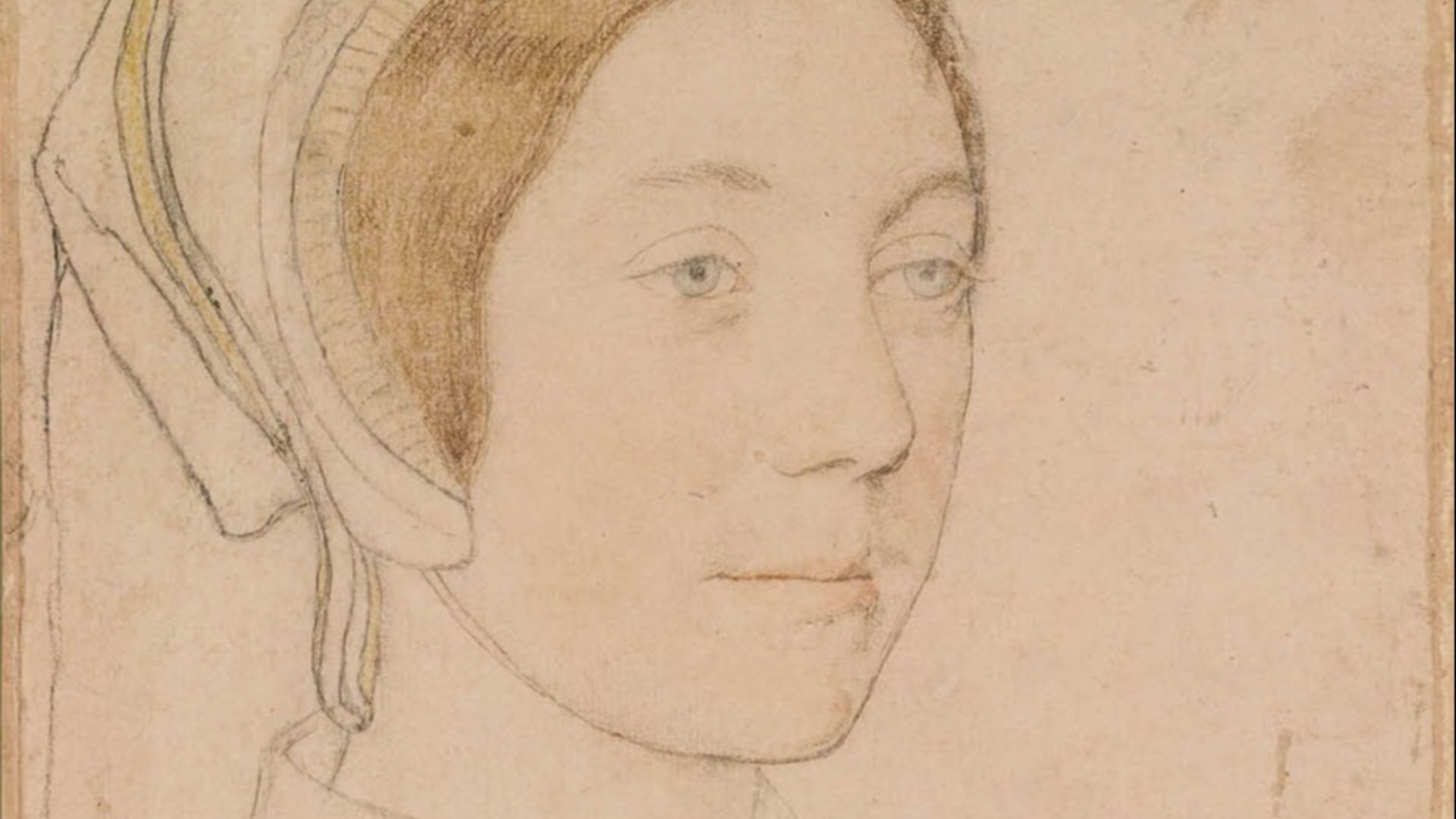 Hans Holbein the Younger, Wikimedia Commons
Hans Holbein the Younger, Wikimedia Commons
Margaret Clitherow
Born in 1556, Margaret Clitherow followed the state religion, Protestantism, until early adulthood. Then, after converting to Catholicism, Clitherow believed so deeply in her religion that she was imprisoned three times for various religious infractions. Eventually, she was executed for harboring a priest and subsequently made a saint and martyr of the Catholic Church.
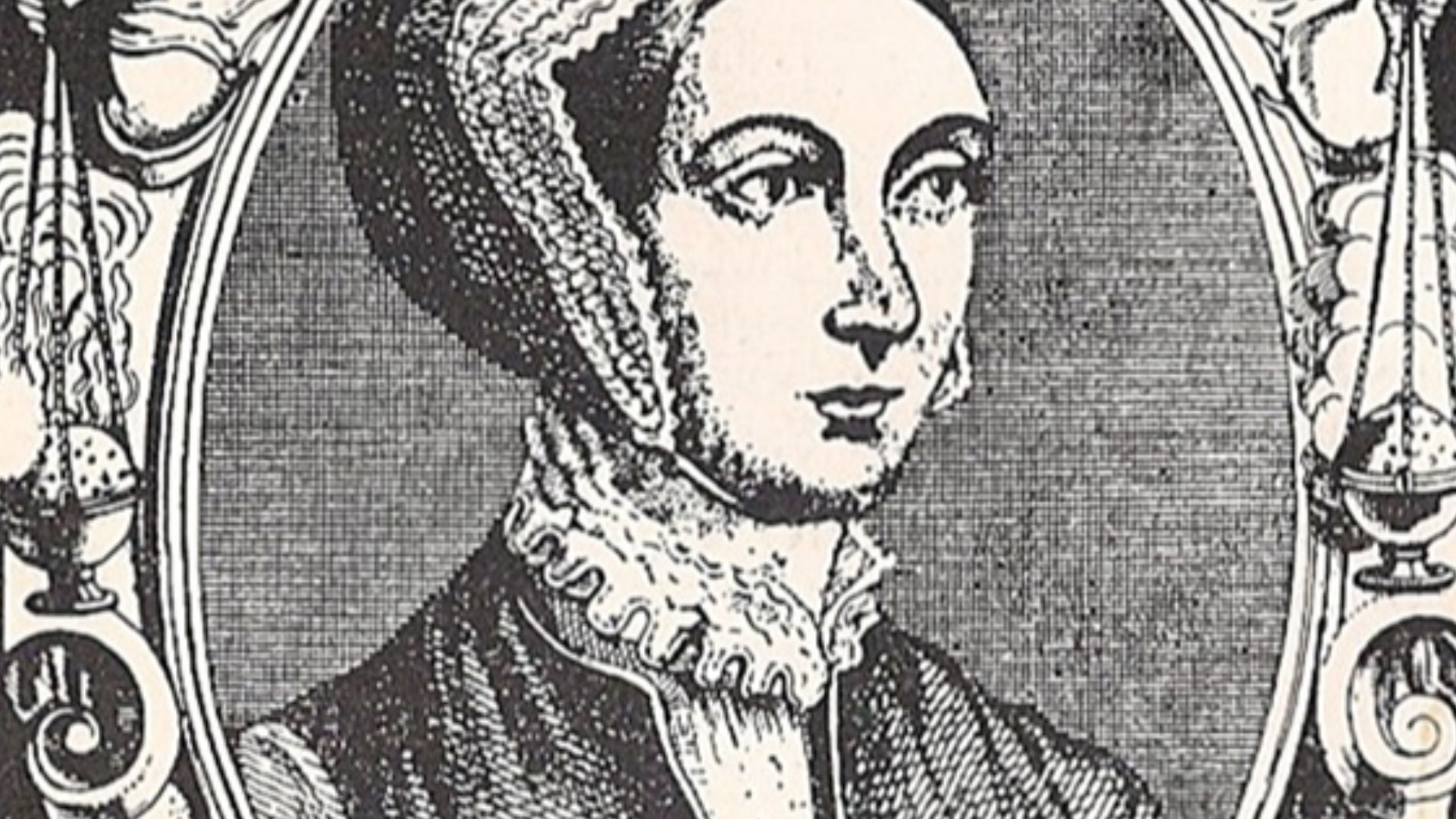 zeitgenössischer Stecher, um 1750, nach älterer Darstellung, Wikimedia Commons
zeitgenössischer Stecher, um 1750, nach älterer Darstellung, Wikimedia Commons
Margaret Ward
Little is known about Margaret Ward prior to 1588. At that time, she was arrested for helping a priest escape from Bridewell Prison, where he was being mistreated. Because she refused to conform to the Church of England, she was executed and subsequently canonized by the Catholic Church.
 Enciclopedia1993, Wikimedia Commons
Enciclopedia1993, Wikimedia Commons
Mildred Cecil, Lady Burghley
Mildred Cooke and her sisters were anomalies in Tudor times. All were highly educated, likely due to their father's role as a royal tutor to Edward VI. Mildred married William Cecil, and together they amassed an enviable library. Mildred was an excellent linguist and read books in Latin, Greek, French, and English.
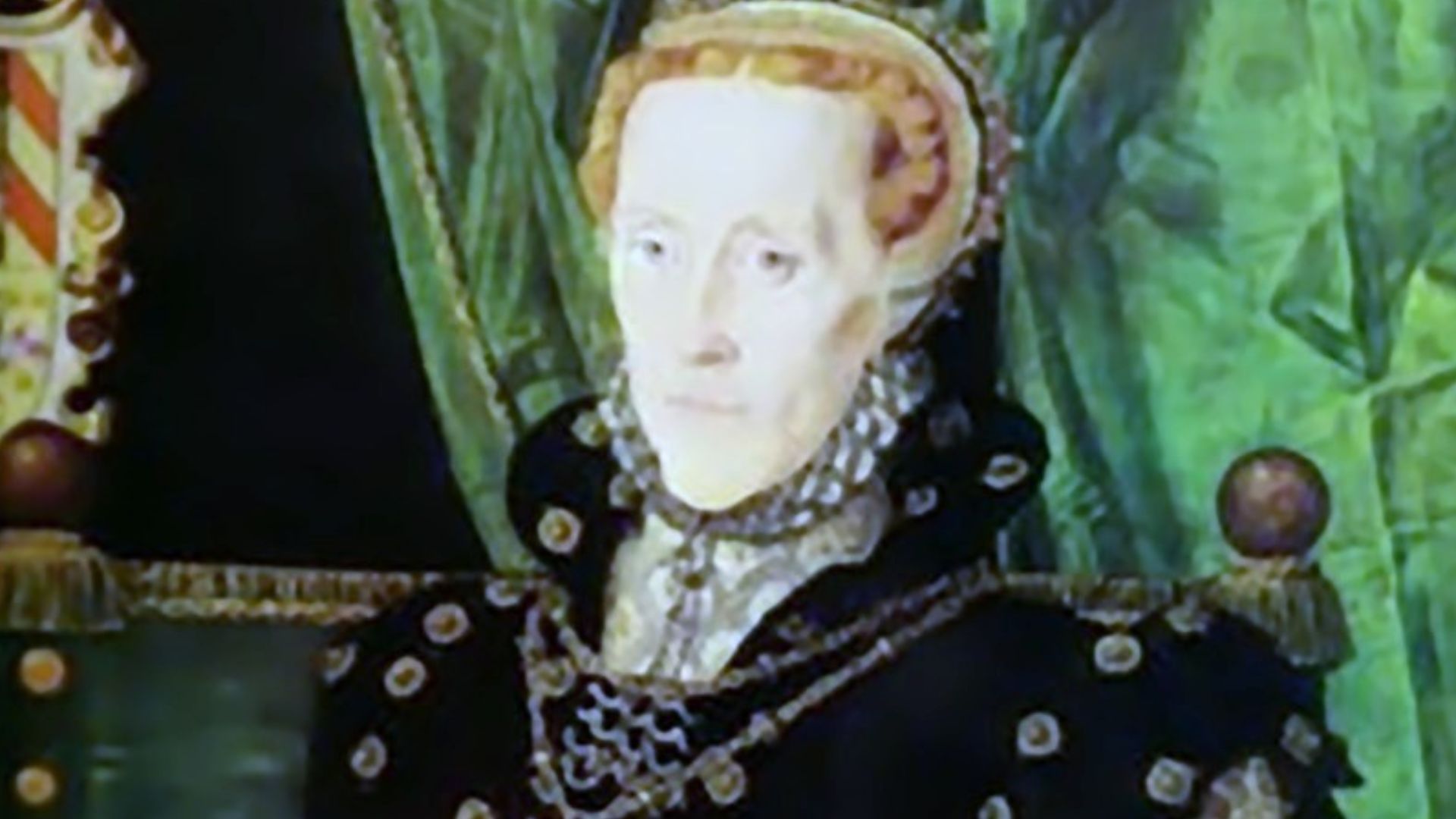 Hans Eworth, Wikimedia Commons
Hans Eworth, Wikimedia Commons
Anne, Lady Bacon
Like her sister Mildred, Anne Cooke was highly educated and specifically trained in Latin, Italian, French, Greek, and possibly Hebrew. She famously translated John Jewel's Apologie of the Anglican Church from Latin to English. Anne married Sir Nicholas Bacon in 1553 and they had two sons—Anthony and Francis (yes, that Francis Bacon).
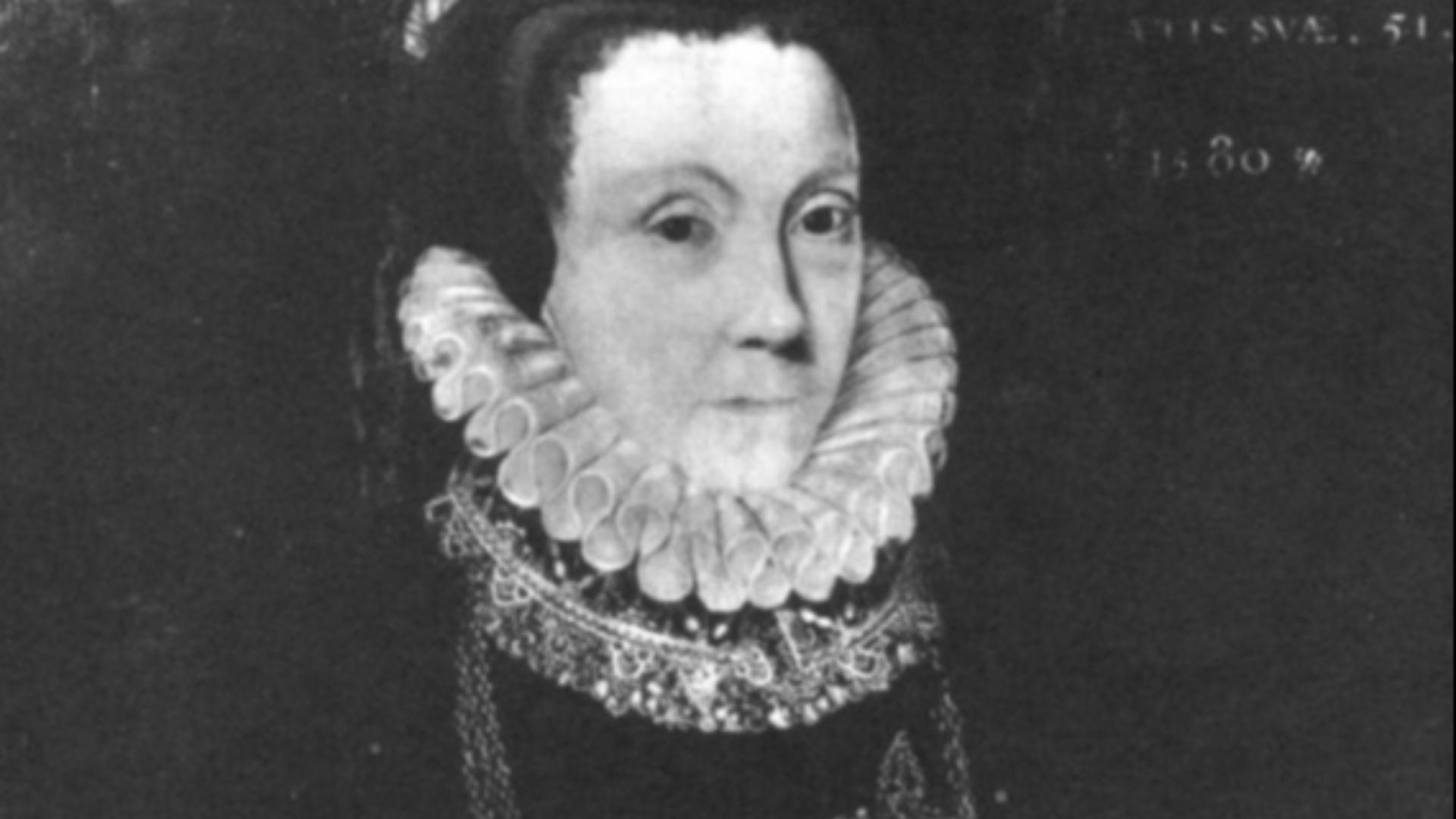 attributed to George Gower (ca. 1540-1596), Wikimedia Commons
attributed to George Gower (ca. 1540-1596), Wikimedia Commons
Mary Dudley, Lady Sidney
Mary Dudley, one of the most intimate confidantes of Elizabeth I, was highly educated and known for her intellect. She understood French, Latin, and Italian and often acted as Elizabeth's mouthpiece with diplomats in the early years of the queen's reign.
 Attributed to Hans Eworth, Wikimedia Commons
Attributed to Hans Eworth, Wikimedia Commons
Mary Herbert, Countess Of Pembroke
Mary Sidney, the daughter of Mary Dudley and Henry Sidney, was one of Tudor England's most notable authors. Additionally, she had a chemistry laboratory, where she developed medicines and invisible ink.
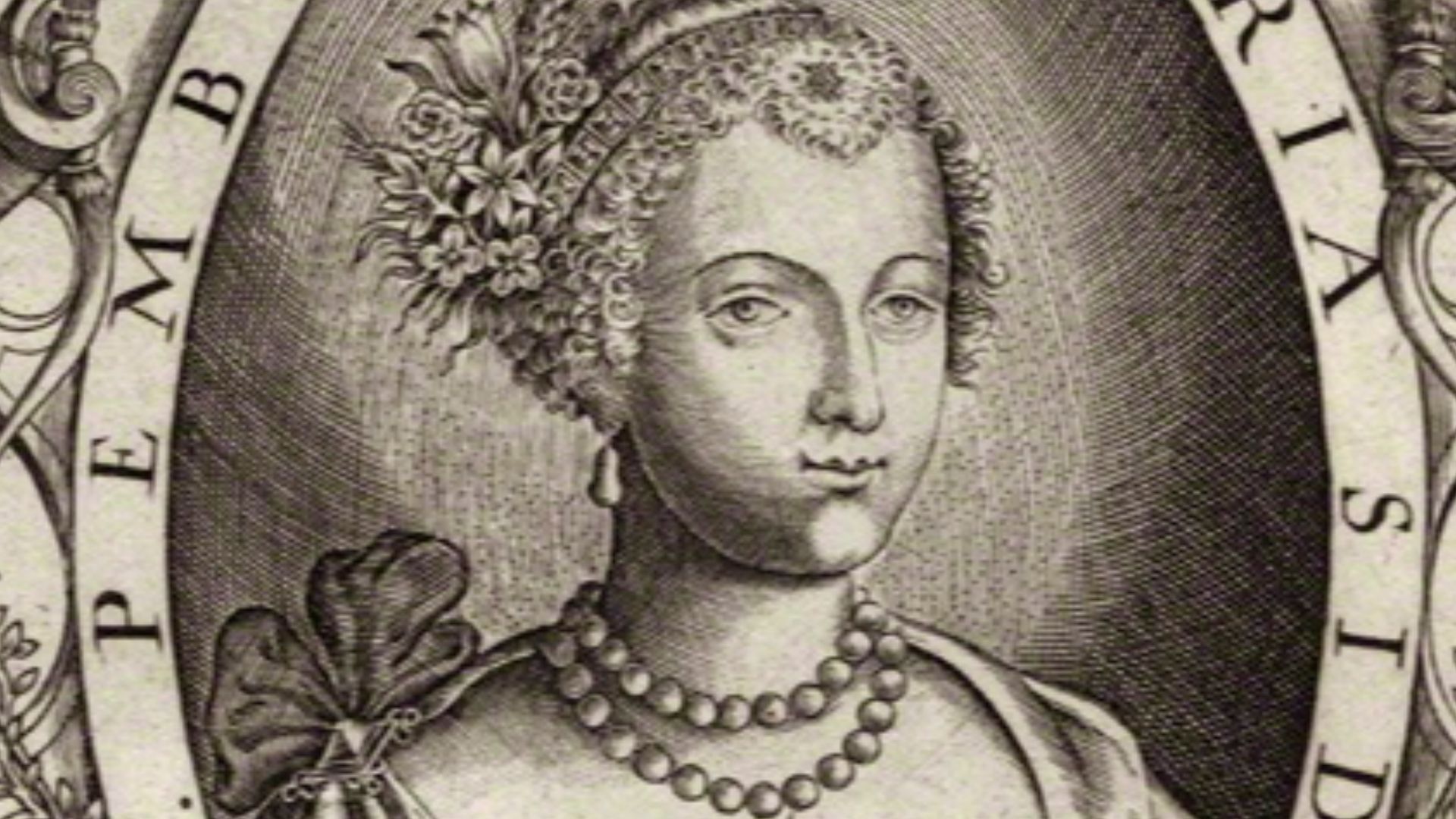 Jean de Courbes, Wikimedia Commons
Jean de Courbes, Wikimedia Commons
Anne Browne
Anne Browne was born to Sir William Browne, who held several offices in Tudor England including Sheriff and Lord Mayor of London. Browne lived a life of privilege, moving in noble circles. She covertly practiced Catholicism and harbored several priests at her estate, which was illegal. However, she was able to escape persecution for her actions.
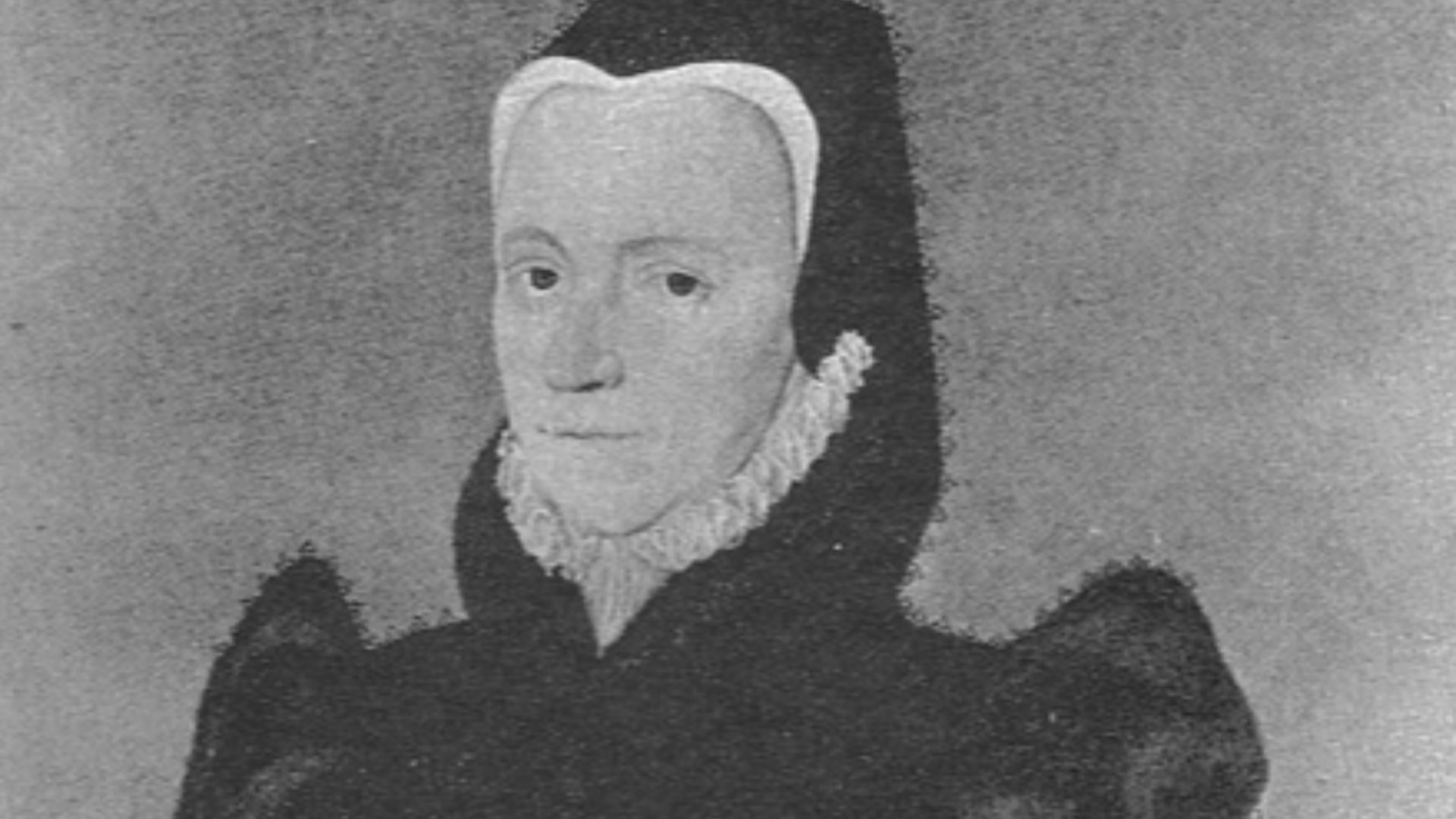 Unknown authorUnknown author, Wikimedia Commons
Unknown authorUnknown author, Wikimedia Commons
Levina Teerlinc
Born in present-day Belgium, Levina Teerlinc enjoyed life as a painter to the English court. She was a miniaturist, trained by her father, who was a renowned book illuminator and miniaturist. Teerlinc was the only woman painter to serve in the court of Henry VIII. Her career continued through the reigns of Edward VI, Mary I, and Elizabeth I.
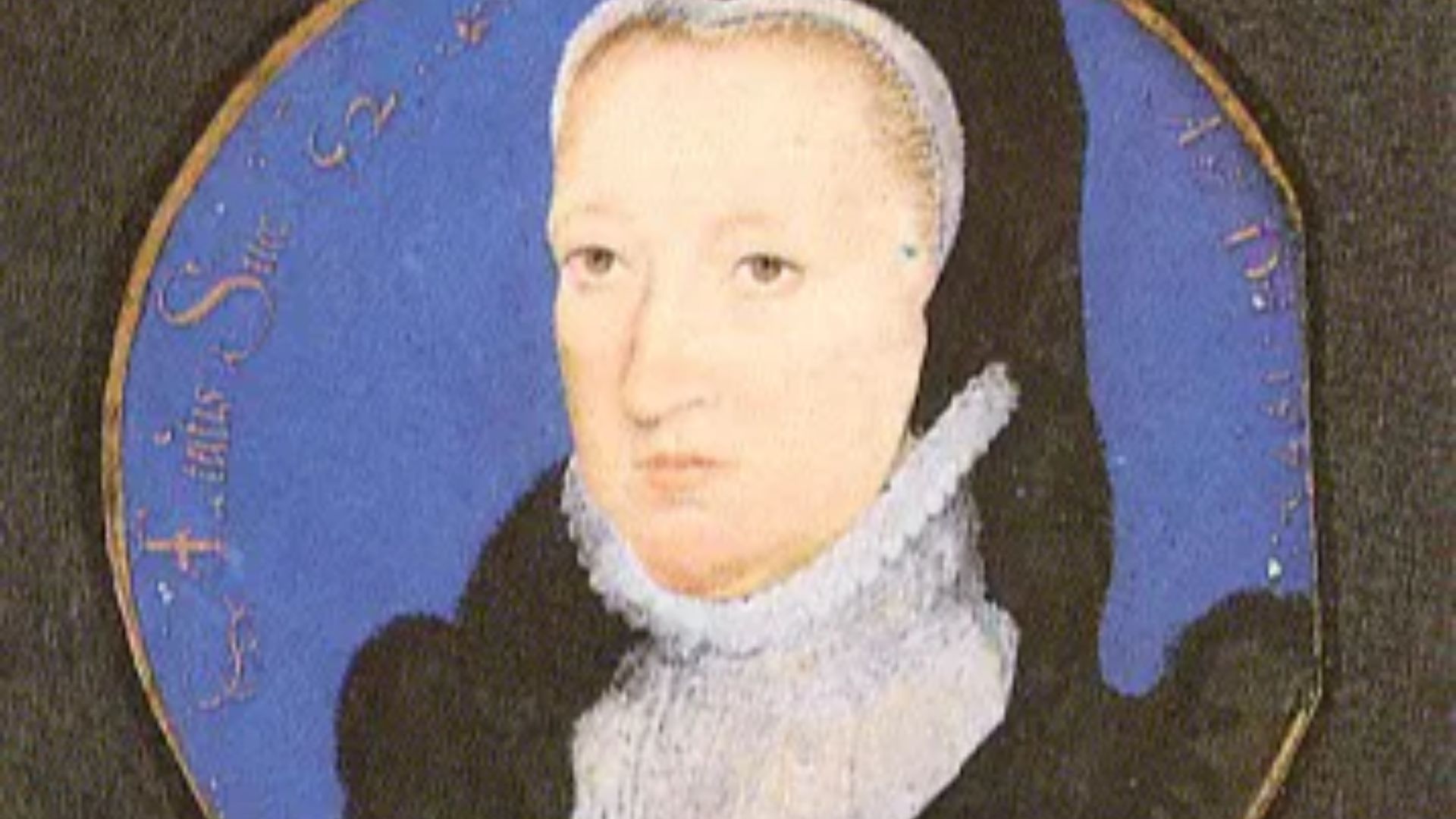 Nicholas Hilliard, Wikimedia Commons
Nicholas Hilliard, Wikimedia Commons
Margaret Cheyney
Margaret Cheyney was one of tens of thousands of people who rose up in the north of England during the Pilgrimage of Grace, to protest the religious policies of Henry VIII. Accused of urging her neighbors to join the rebellion, Cheyney was arrested and sent to London. She became the only woman executed for taking part in the Pilgrimage.
You May Also Like:
15 Rulers Who Defined The Tudor Dynasty
Amy Robsart Was One Part Of A Tudor Love Triangle
Brutal Facts About The Wives Of Henry VIII, The Tudor Tragedies


